Alabama’s Gulf State Park Interpretive Center – Living Building Certified
Dear Readers,
Alligators! Cottonmouths! Sharks! Oh my!!
Our honeymoon 3.0 (celebrating our two year anniversary!) was certainly filled with all three…all thanks to the beautiful, nature-loving, audacious and adventurous, Farren (oh, and her fellow partner in wildlife and everyday life endeavors, Tom!). The two of them introduced William and I to the gulf of Alabama in a bold and very real way. Within an hour of being there, I already had a full-out biology lesson on seashells and their former inhabitants…especially about who eats who…I never knew carnivorous snails were responsible for that lil’ perfectly formed hole you sometimes see on small seashells (which I always thought was just a convenience for making seashell jewelry)…they just drill their little snail tongues right on in there and suck up the insides…
Beyond the seashells, Farren and Tom, both working for the environmental integrity of Gulf Shores, Alabama, took us on many adventures. We went on excursions through the park and conservation areas, unintentional swims with blacktip sharks, alligator sightings, and a personal tour of a real-life Living Building Challenge certified building: Alabama’s Gulf State Park Interpretive Center…
~ A huge shout-out and thank you to Craig and Phillip, who were the building’s experts! They gave us an in depth explanation to how the building worked, had patience with us as we geeked out on many of the incredible sustainable design elements and integrations, and let us have a sneak peak into their composting toilet holding tank! Yay! The power of poop!~
Amid the condos and developments that are expanding their grasp of the coast line, the Gulf State Park Interpretive Center (IC) is a beacon of hope, education, and respect for the natural habitats and ecosystems native to Gulf Shores. The IC sits on the shore line, within eyesight of the condos, and acts as an introduction to the great state park beyond. Their aim is to expand an appreciation for what Gulf Shores once was, and lost…to open tourists’ and native shore-peoples’ eyes to what they have now, and the dangers that those fragile ecosystems currently face (Gulf State Park has nine ecosystems by the way…Nine. All in one state park.)…and to harbor a hope for what the shore could become again.
As a Living Building Challenge certified building, the IC is acting on what they believe. They built a building that gives more than it takes, benefits its surroundings, and proves that ‘sustainability’ isn’t just some hyped up gimmick word. They achieve this by upholding the seven petals set forth by the Living Building Challenge: Place, Water, Energy, Health and Happiness, Materials, Beauty, and Equity.
Gulf State Park Interpretive Center
Interpretive Center and their bus stop
Place
The Living Building Challenge requires that buildings actually make their local ecology and communities better.1
The IC is enhancing the ecology by not disturbing the already fragile dune system they are located in. And they are not only ‘not disturbing’ the habitats and ecosystem that are there naturally, they are also making active attempts to restore and conserve the dunes after both natural disturbances and previous human meddling.
Some of their restoration and conservation efforts include:
- Eliminating invasive plant species within the dunes, and replacing them with native plants. Dunes are the first defence in hurricanes. They buffer the damage from being too intense further inland. Having invasive plants makes the dunes weak, which makes them less effective at defending the ecosystems and people behind them.
- They have made cuts in the “berm” to allow sand to reach inland plants. A “berm” is a steep-ish sand barrier that is supposed to be made naturally by waves. However, after one particularly nasty hurricane where the dunes were wiped flat, the city’s initial instinct to restore the dunes was to create one giant ‘berm’ at the forefront of the beach where the dunes would have naturally begun. This proved to be ineffective at mitigating storms, as well as disastrous to the dunes’ ecosystems.
- They are actually restoring some of the dunes with recycled Christmas trees! The inhabitants of Gulf Shores are encouraged to donate their live Christmas trees after the holiday season has passed. Then, with groups of high school students, the park works with them to rebuild natural dunes and habitats. This proves to be educational to both the current local community, as well as to Gulf Shores’ future generation.2
The IC is enhancing its local community through education by involvement (such as making the restoration of the dunes a community event), as well as by encouraging community engagement with the park beyond the dunes. They encourage engagement through their bike sharing program. This enables the use of ‘human power!’ (no automobiles necessary to see the natural world!) as well as equitable access for all (I will talk more about this in the ‘Equity’ petal).
Dunes.
Gulf of Mexico.
Water
The Living Building Challenge requires that buildings collect and treat all of their water on-site, while simultaneously being aware of the finite resource water is, and its impact on the local ecosystem.3
The IC satisfies this requirement through their rainwater collection system, composting toilets, and interactive education stations.
Through rainwater collection, the IC collects, stores, and treats all the water necessary to supply their handful of foam-flush Clivus Multrum composting toilets, two water fountains (and one bottle-filler), a foot washing station down by the shore, and their interactive education station. If you have read our blog on the Original Rainwater Pillow, and/or are familiar with rainwater harvesting for potable usage, then their process will certainly not seem like a foreign concept.
The IC’s roof is their catchment area, and the rain runs into their gutter system. Instead of rain spouts, the IC uses rain chains to direct the water runoff from the roof to piping leading to their storm water storage tank. The rain chains add an element of beauty to the process, as well as a visual on how water has that cool ability to cling to things.
Once the water is in the main storage tank, it is moved to a holding tank to await sanitation prior to usage.
Rain chain to capture rainwater and direct it to the storage tank.
See that blue thing? That’s the main rainwater holding tank.
Bucket-inspired rain chain. They found this one more effective at collecting runoff from the roof.
Secondary rainwater holding tank. From this tank the water goes to be filtered and sanitized.
The sanitation process begins with the water going through a 30 Micron filter (gets out the big stuff) and then proceeds to a charcoal filter.4 From the charcoal filter the water goes through two more filters, a 5 micron filter and a 4 LRV filter. After intensive filtering, the water is decontaminated by UV lights, and is technically safe to drink. However, due to state regulations, the IC is mandated to use chlorine to keep the water sanitized as it travels through the pipes to the water fountains. Right before the water does pour from the fountain and into your water bottle, it is dechlorinated by yet another nifty little mechanism.
Step One: 30 Micron Filter
Step Two: Charcoal Filter
Step Three and Four: a 5 micron filter, and a 4 LRV filter
Step Five: UV light
Water Fountains!
Because Alabama certainly does not lack participation from precipitation (ha!), the IC gets enough rain to store approximately 200,000 gallons of rainwater per year.5 This is plenty for the foot washing station, the interactive area, the approx. 150 gallons visitors drink per day, plus the 3 ounces needed to flush each composting toilet!
William and I have been talking about Clivus Multrum composting toilets and the power of poop for what seems like forever now…but we have never actually seen one in person. It felt so fitting, that on the day of our two year anniversary, we were touring the IC, and met our very first real life Clivus Multrum…William even got to take a peek at the fertilizer!! What. A. Day.
So! Because this is already quite the lengthy blog, I am going to encourage those of you who are unfamiliar with composting toilets to take a look at our blog, The Clivus Multrum Composting Toilet. To explain how the IC’s composting system works in a sentence or two: When you contribute your human waste as fertilizer, it falls into an inclined tank. This inclined tank separates the liquids from the solids as the liquids naturally filter through the solids to the bottom of the tank, allowing decomposition to slowly take place and produce fertilizer.
The IC intends to use their solid fertilizer to rejuvenate park soils (the decomposition process can take a couple years). The IC’s liquid fertilizer is collected by an outside source.
Composting tank! See the incline? That allows the liquids to filter through the solids to the bottom of the tank. Once they are at the bottom, they are directed to the liqud fertilizer holding tank (that white one on the left).
Some education on your poop, while you poop! Multitasking!
Clivus Multrum Foam Flush Composting Toilet!! Doesn’t look that foreign, does it? 😉
Alrighty, final attribute to the IC’s water petal fulfillment….its interactive educational play area!! This part is really cool. The IC allots 100 gallons each day to allow children to play in their play area (they usually stagger it with giving the kids 50 gallons in the morning, and then, if the tank is empty, another 50 in the afternoon). The play area encourages kids to learn how water has the power to move things (and create energy!) and erode things (how water and time are incredibly powerful…). The play area also brings home the reality that water is valuable.
Water is not a constant resource that you can just always rely on to be there and readily available. Because the children are only given 100 gallons a day to play with, if the child before them was quite liberal with their water usage, and just going ‘gun-ho’ without any consideration to the child that comes after them…then the next kid simply does not have any water to play with and can’t engage in the interactive area. While this may seem like a brutal lesson, and certainly no fun for the kid who comes after all the other kids had their fun…it is a crucial lesson to our own survival. The people using the water upstream…the generations before us and their usage of water…the kid before us in line at the IC’s interactive play area…water is a shared resource essential to our own survival and enjoyment. And there is really only so much of it.
Storage for the 100 gallons of water alloted to the children per day.
Interactive Water Play! And learning…learning happens here too.
Energy
The Living Building Challenge requires that buildings are net positive in their renewable energy production and usage.6
The IC satisfies the Energy petal with their onsite solar panel system (51 panels) and battery storage. Achieing net positive is certainly not too hard, especially with the abundant sunshine on Alabama’s coast…The IC actually has the capacity to store enough energy to last a week in the event of a power outage.
Some casual solar power education
IC’s solar panel array
Battery!!
Battery electric system thing that I don’t totally understand…
Health and Happiness
The Living Building Challenge requires that buildings connect people to nature through open spaces, healthy indoor air, and plenty of natural light.7
The IC naturally meets this petal in their open, outdoor design. The breeze panels allow visitors to read their educational boards while being protected from the Alabama sun, but still feeling the cooler gulf breeze.
Sheltered educational display on the Gulf Shores.
The indoor classroom is still going through some renovations. Admittedly, their VOC ratings were rather high in their air quality test. There are many unknown factors potentially attributing to the VOC emissions…at first they thought it was the glue in the glulam beams supporting the roof, so they covered the once exposed beams with a special zero VOC gloss. That didn’t work. Now they are contemplating that maybe the walls are emitting the VOC. The wood panels on the walls were reclaimed from an older structurer, and they could have absorbed VOCs during their lifetime. They are ardently continuing to explore this, and other variables potentially attributing to the VOC emissions. While this roadblock is certainly a frustrating one as the IC strives to be as healthy and sustainable as possible, it is also a testament to their utter determination and undaunting hope in having a better building for a better gulf and a healthier community.
Their indoor classroom does indeed let in plenty of natural light and beautiful views of the shore. This makes it a seemingly energizing place for learning and engaging in discussions. While the windows bring in light to make happy people, the windows also have barely distinguishable scratches on them, to make happy birds. The birds are able to see the scratches on the windows, and therefore don’t fly into them. Saving loads of bird-window-smashing-deaths!
IC’s indoor classroom
The window that prevents bird-smashing-deaths
Materials
The Living Building Challenge requires buildings to obtain local materials (within a set amount of miles from the building site) that are transparent in their manufacturing (know exactly how they are made and with what) and have absolutely no negative impacts to human or environmental health.8
The IC actually used recycled, reclaimed, and local wood for all of the wood used to build the center! Those steps you see…and porch boards…recycled wood board panels. The walls of the classroom? Reclaimed from an older building. The lumber to build the center itself? Local species of cypress and pine, native to Alabama.
The materials they used to build and complete the center also all came from a 650 mile radius (it was 300 something miles, but the Living Building Challenge recognized that their radius was indeed cut in half by, you know, the gulf…). Even the details, like the door hinges, came from a local manufacturer.
Nearly two tons of cypress driftwood used to make the map frame.
The step and porch boards are made from recycled wood.
Engineering called for 12” by 12” posts for their pier system underneath the IC. However, 12” by 12” posts could not be found within their designated 650 mile radius. So, they got creative by using four 6” by 6” posts to make their piers!
Beauty
The Living Building Challenge requires buildings to be not just beautiful in an aesthetic sense, but in a biophilic and inspirational sense. If you want people to actually care about the environment, you need to help them feel connected to it…in awe of it…ignite a desire to learn more about it. And do all of this with your building.9
The IC hit the nail on the head with this petal. It is a beautiful building that blends with the natural dune landscape. With an overlook of the gulf, and a connecting bridge to the state park beyond, it not only encourages…it dares…visitors to get real with their surroundings. They provide insight and education on the nine different ecosystems present in Gulf Shores, as well as the history and heritage of the area with the Native Americans.
From the interactive water play area for the kids (and, let’s be honest…the adults, too), to the seating areas…to even the bus stop…The IC is not stagnant. It engages visitors in dialogue and challenges them to rethink the importance of the dunes, the diversity of their native species, and the regenerative power of the sun, water, and even their own waste.
View of the Gulf and dunes from the IC
Equity
The Living Building Challenge requires buildings to create opportunities, growth, and connections to the natural world for all. No discrimination. No ‘us vs. them’ agendas. All people should have the opportunity to engage with the environment, no matter economic status, gender, race, or creed.10
The IC obviously did a great job with this petal too! The bus stop allows for public transportation to bring people directly to the front of the center. The ramps allow easy access for all. Even the pedestrian bridge crossing the highway allows anyone access to the park. The park! By the way…has revamped their trails to make it easier for wheelchair and stroller access, as well as a bike sharing program! Again, enabling human powered travel and exploration! No automobiles necessary.
We actually tried out their bike sharing program, and went on a 9+ mile ride around the park! It was free and easy to use. Well, you do have to be slightly tech savvy in order to achieve the unlocking of the bike process. There were one or two seemingly tense individuals flustered by the app. This may be something to grow upon for the generations and individuals who feel daunted by technology (honestly, I know I sometimes do!).
In addition to meeting all of these petals, the IC also met a ‘Fortified Certification.’ This certainly showed in that they sustained very minimal damage from Hurricane Sally, even though their building is on the front lines of the gulf. They did loose power in some parts of the building (why we couldn’t contribute our waste as fertilizer to their Clivus Multrum) and sustained some bumps and bruises to their water holding tank down below amongst their pier foundation. Beyond that, the IC held up incredibly well in comparison to much of the other damage we witnessed while down there.
In conclusion! The IC was an inspiration, and so exciting to see. Being Living Building Challenge certified, they had, and continue to have, many obstacles to overcome. From local regulations, to finding nearby materials, to VOC conundrums…but they did, and are, doing it. Not only because it is the just, honest, and gracious thing to do for their community and environment…but because they must do it. If Alabama wants to keep dunes like these….
And creatures like these…
Ghost Crab
Heron
Nearly cross-eyed alligator
Golden Orb Weaver
A young and fiesty cottonmouth
Sanderling
And forests like these…
One of the park’s many trails, made accessible to bicyclists, wheelchairs, and strollers.
Conservation area
They must make active choices, and be a living example, of the necessity and possibility of sustaining the environment.
Thanks for reading!
Shelby
1. International Living Future Institute. Living Building Challenge, Version 4.0, Seattle, 2019. Page 29.
2. Learning Campus at Gulf State Park. “Sustainability.” https://learningcampusgsp.com/sustainability. Accessed on 27 Oct. 2020.
3. Living Building Challenge, Version 4.0, Page 37.
4. Phillip, the water expert, admitted that this charcoal filter should be the last step of the sanitation process. The charcoal filter takes out super fine debris and improves the taste of the water. Because it was put so near the very beginning of the sanitation process, the charcoal filter wears out quickly, and therefore needs replaced often.
5. Interpretive Center at Gulf State Park. “What If a Building Could Make the World Better?,” Web Brochure. https://learningcampusgsp.com/interpretive-center. Accessed on 27 Oct. 2020. Page 3.
6. Living Building Challenge, Version 4.0, Page 41.
7. Living Building Challenge, Version 4.0, Page 45.
8. Living Building Challenge, Version 4.0, Page 51.
9. Living Building Challenge, Version 4.0, Page 65.
10. Living Building Challenge, Version 4.0, Page 59.
5 Comments
Submit a Comment
© 2020 Sustaining Tree
© 2020 Sustaining Tree

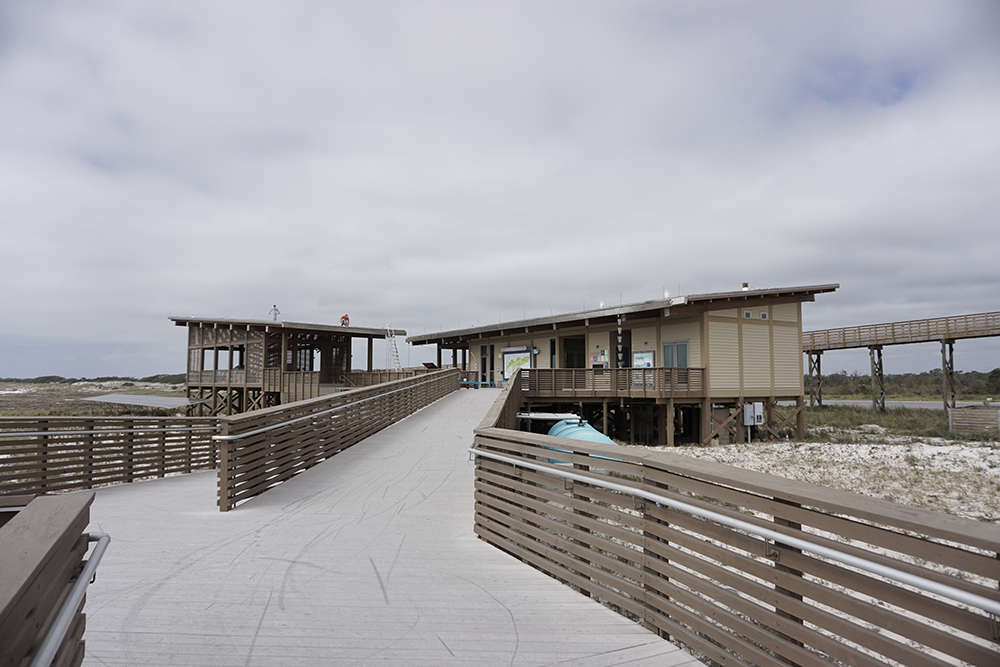
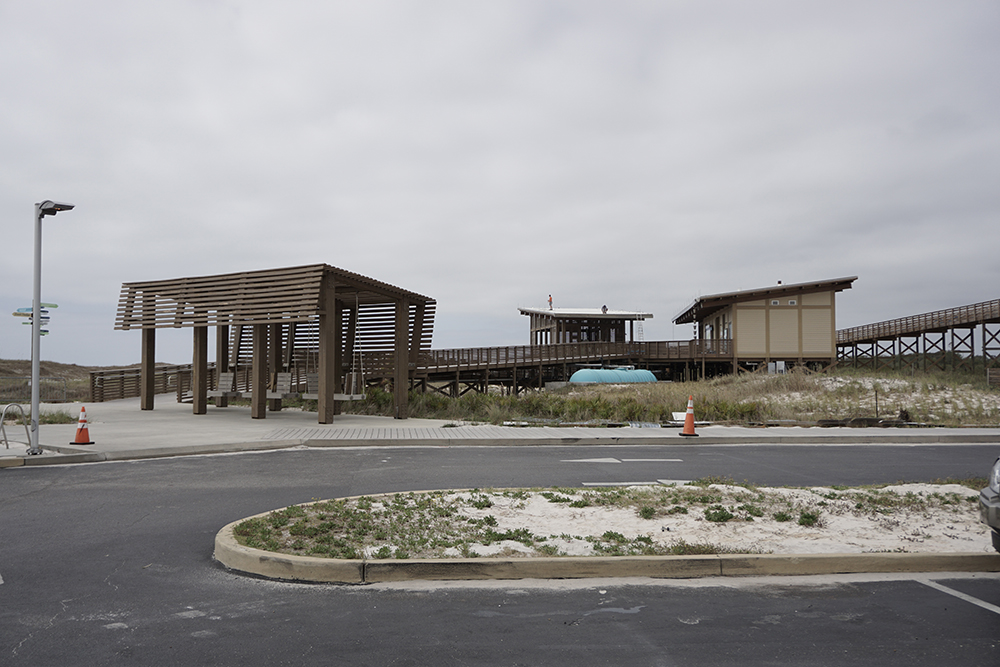
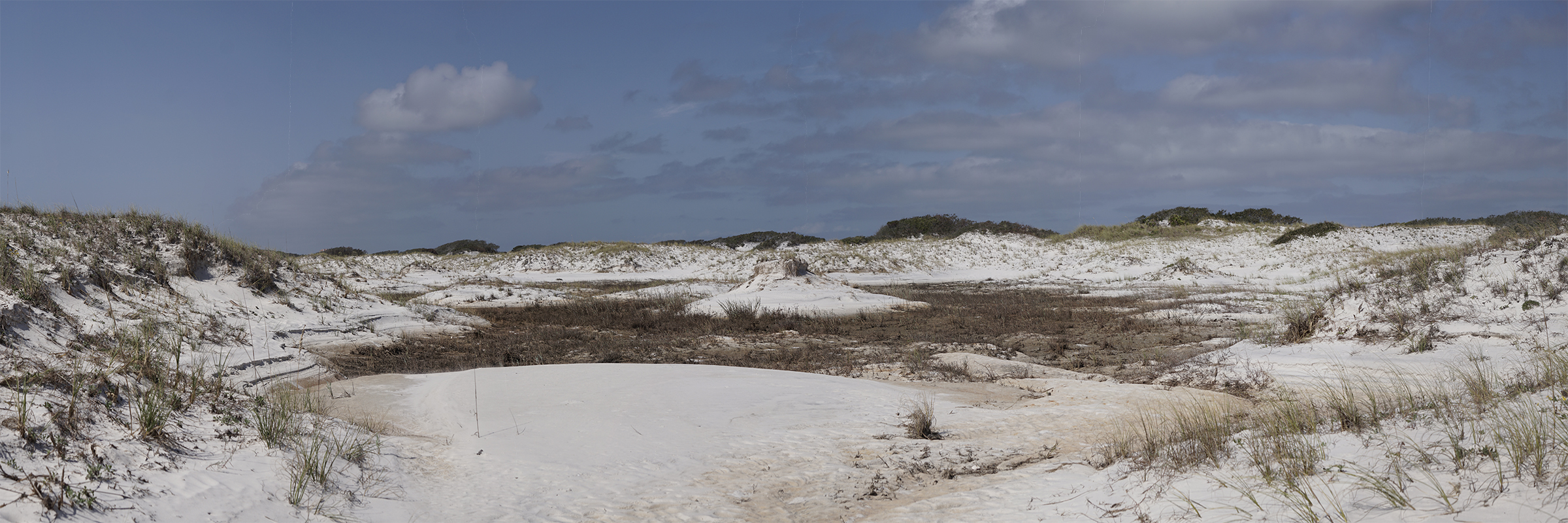
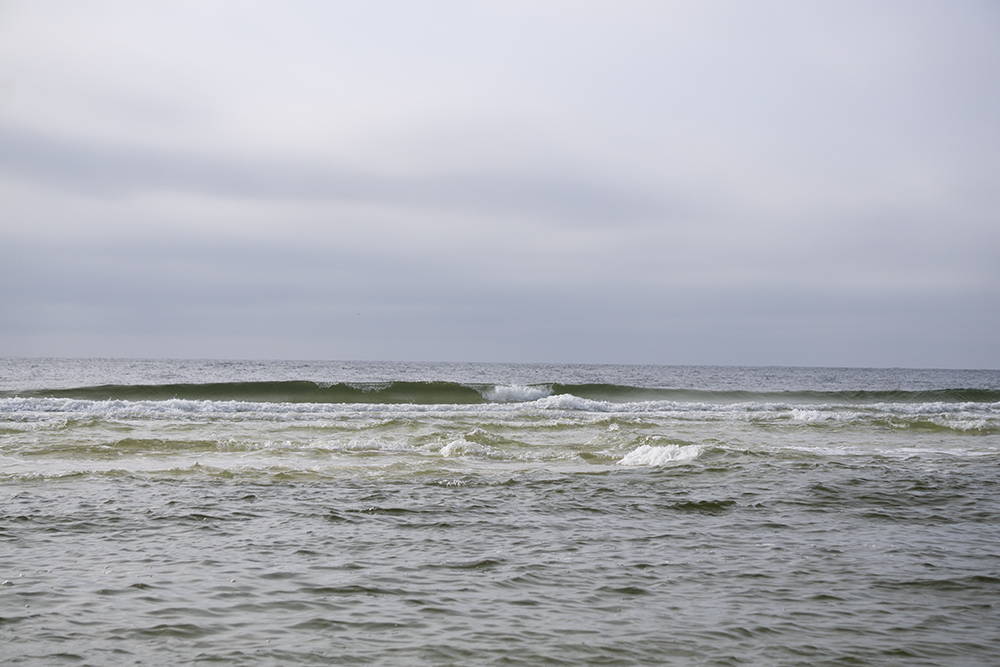

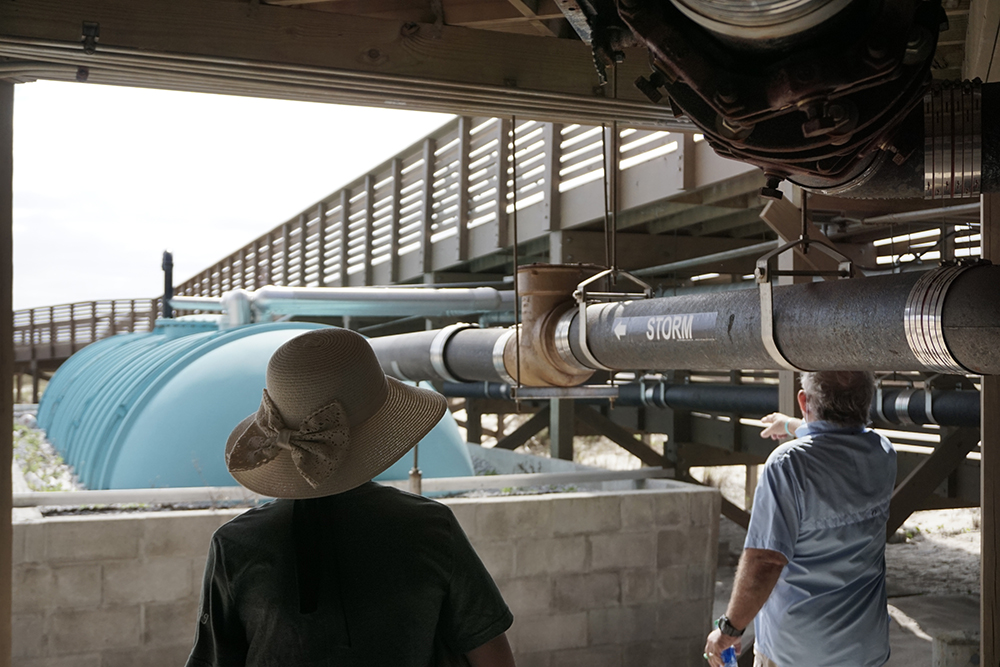
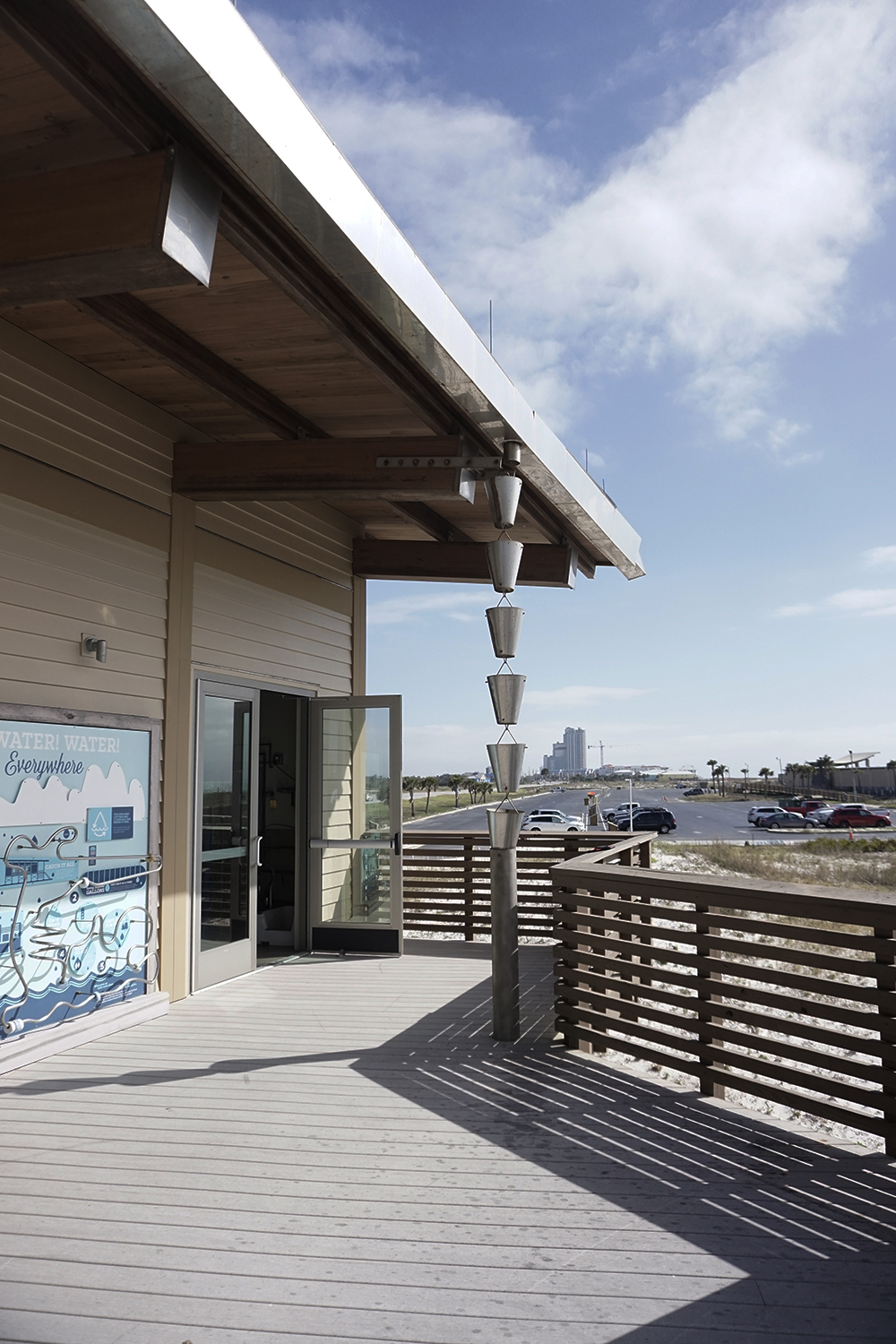
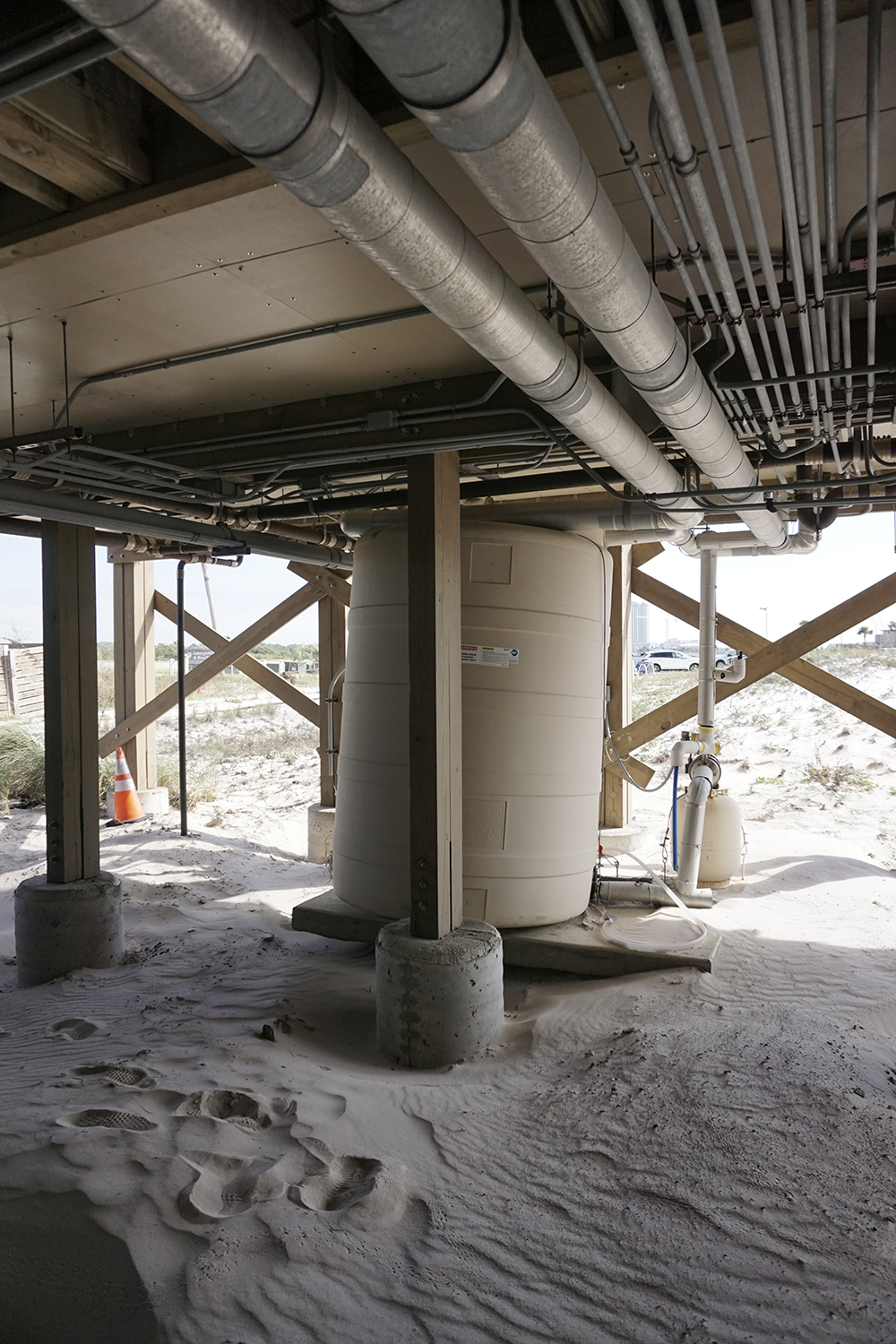
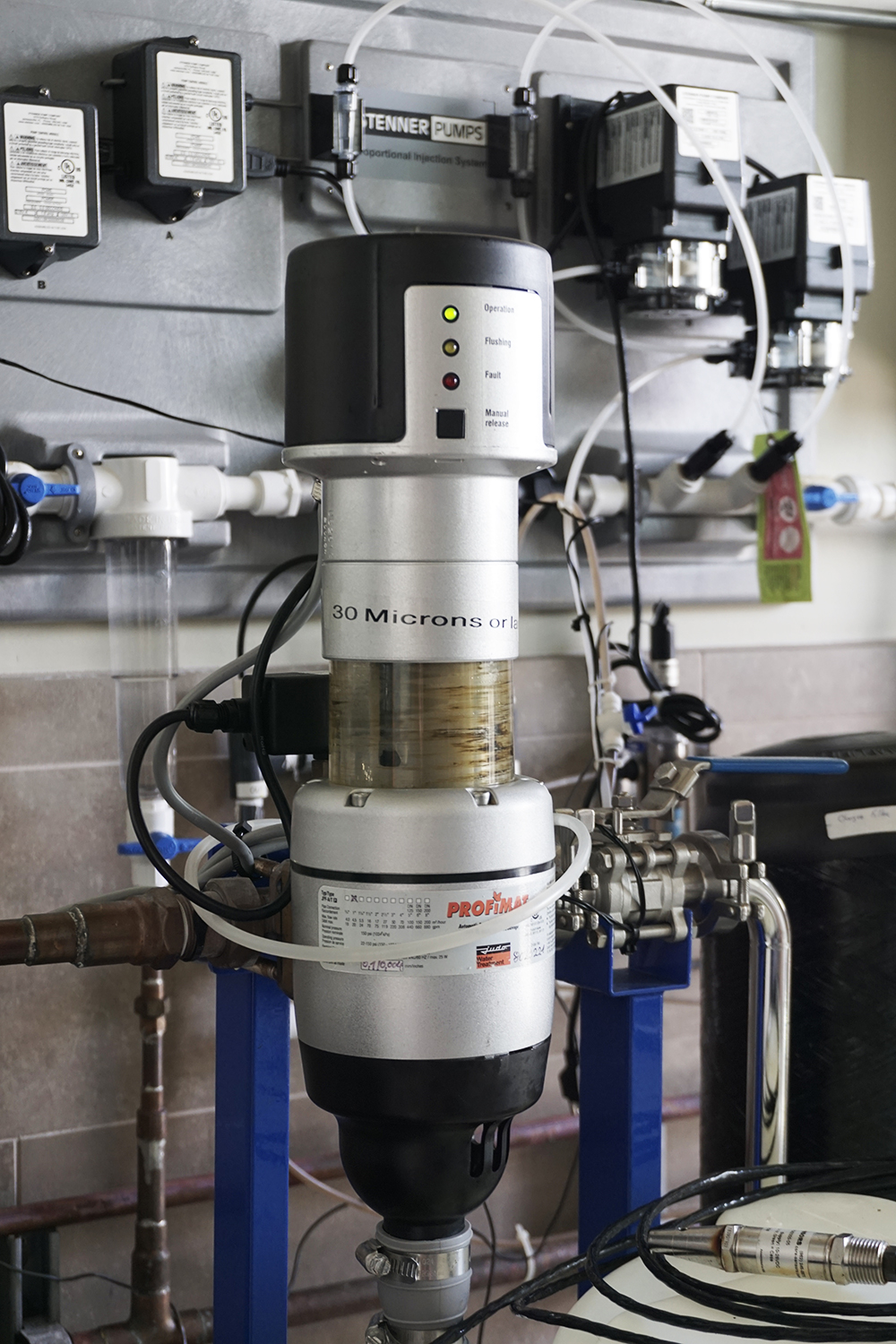
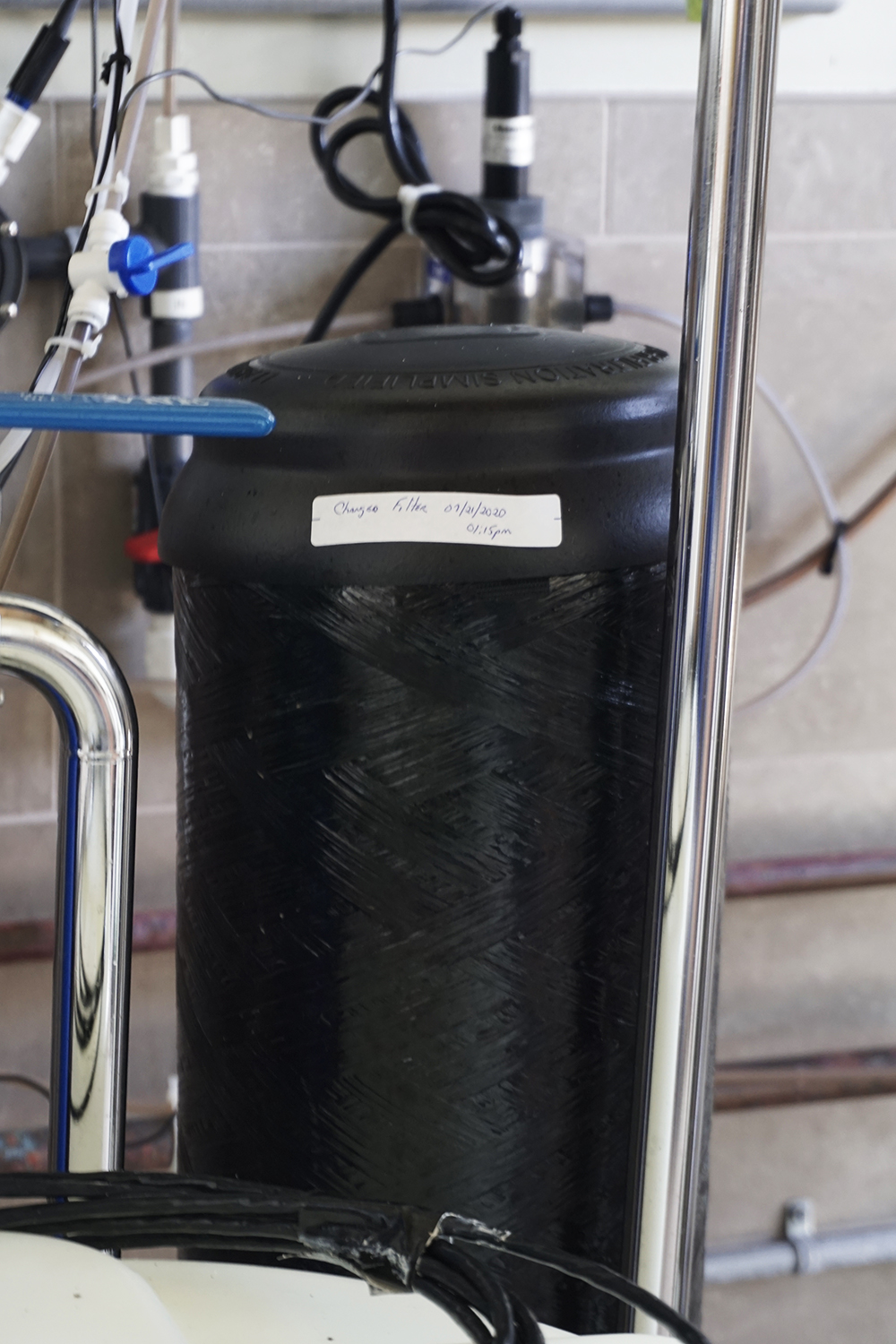
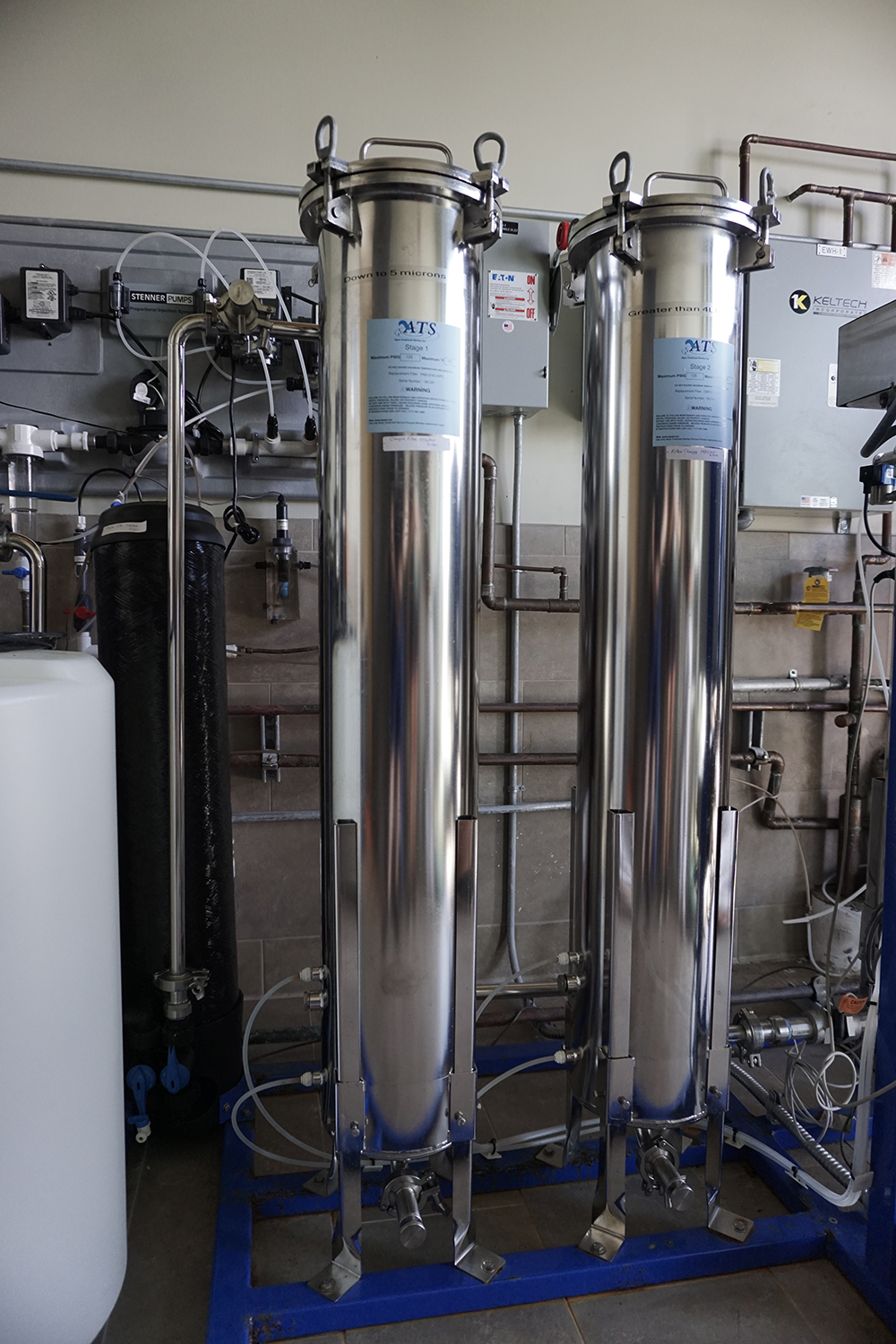
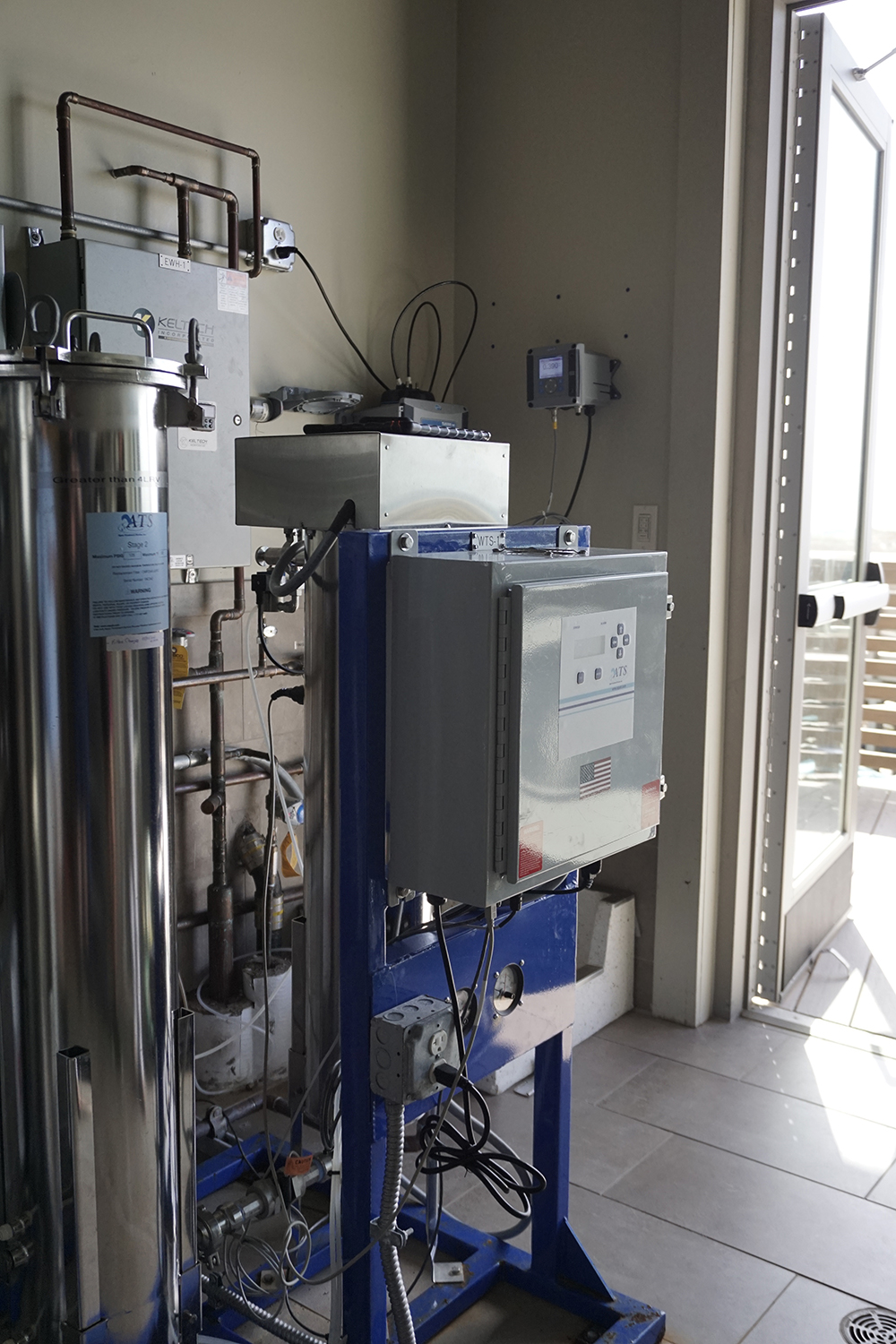
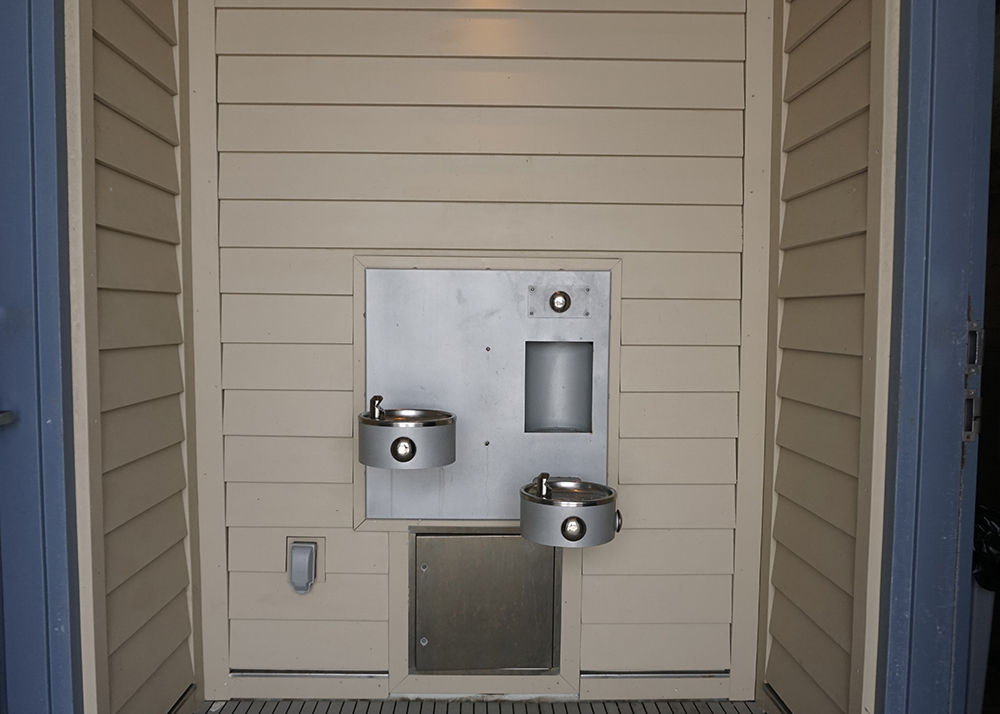
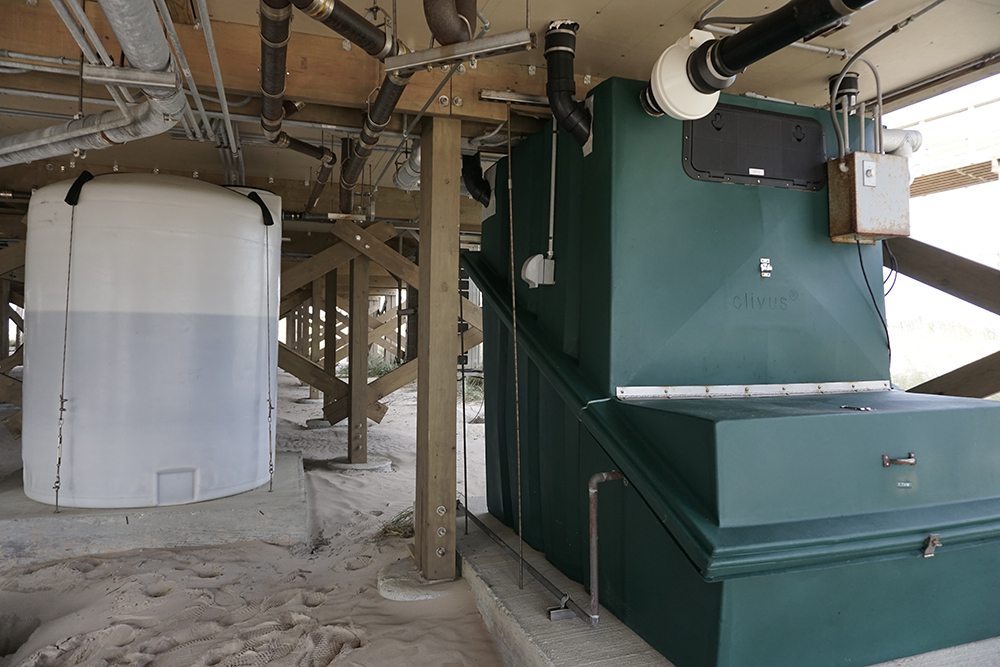
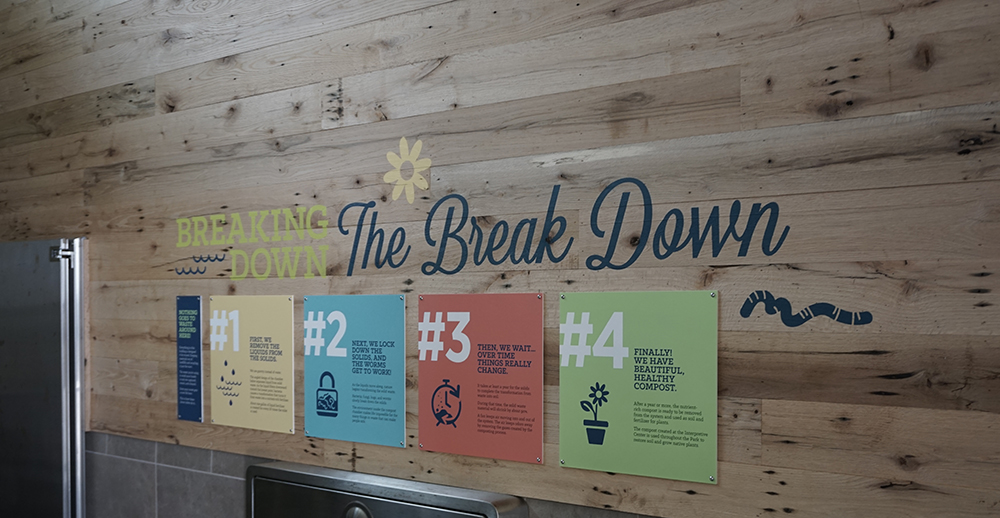
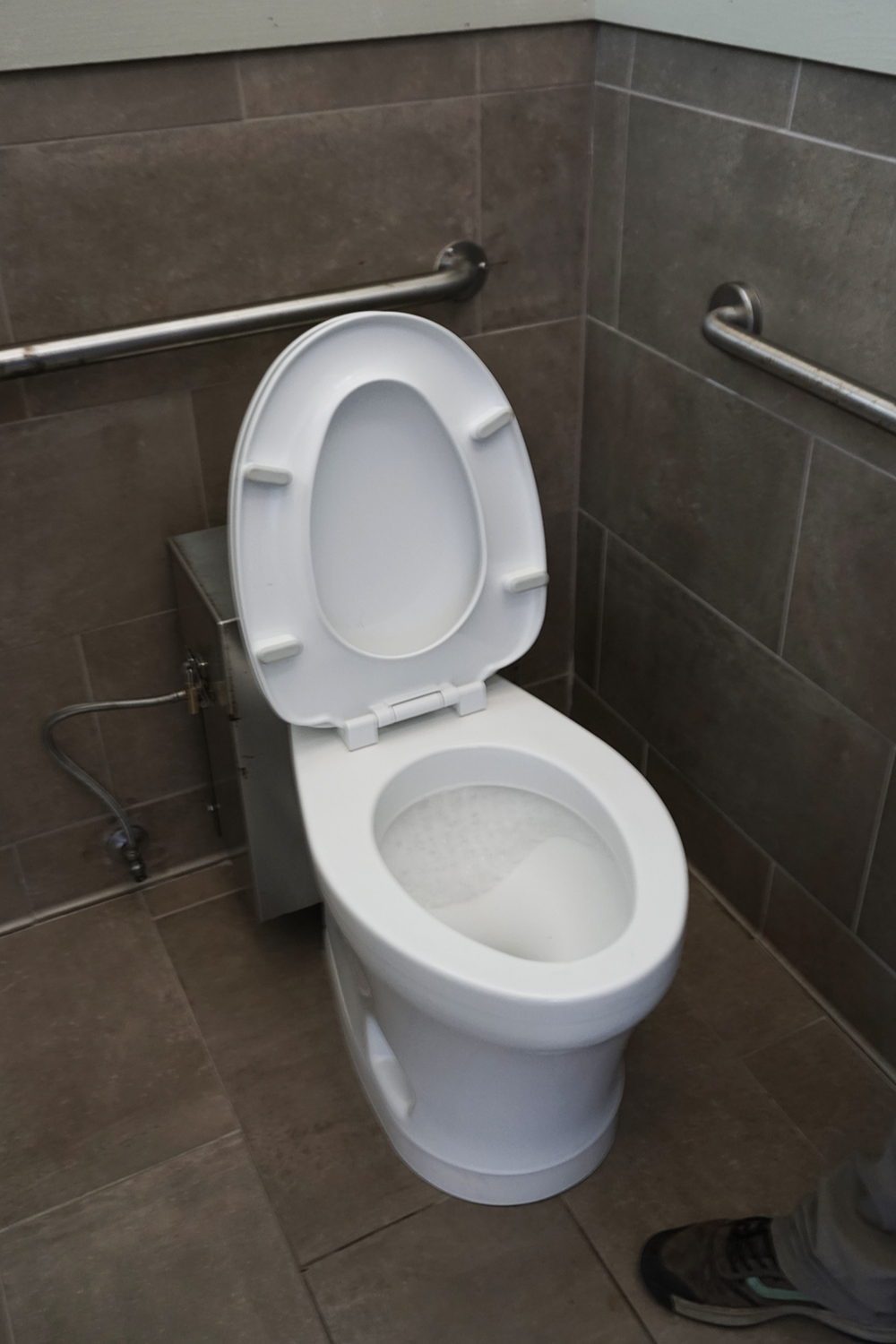
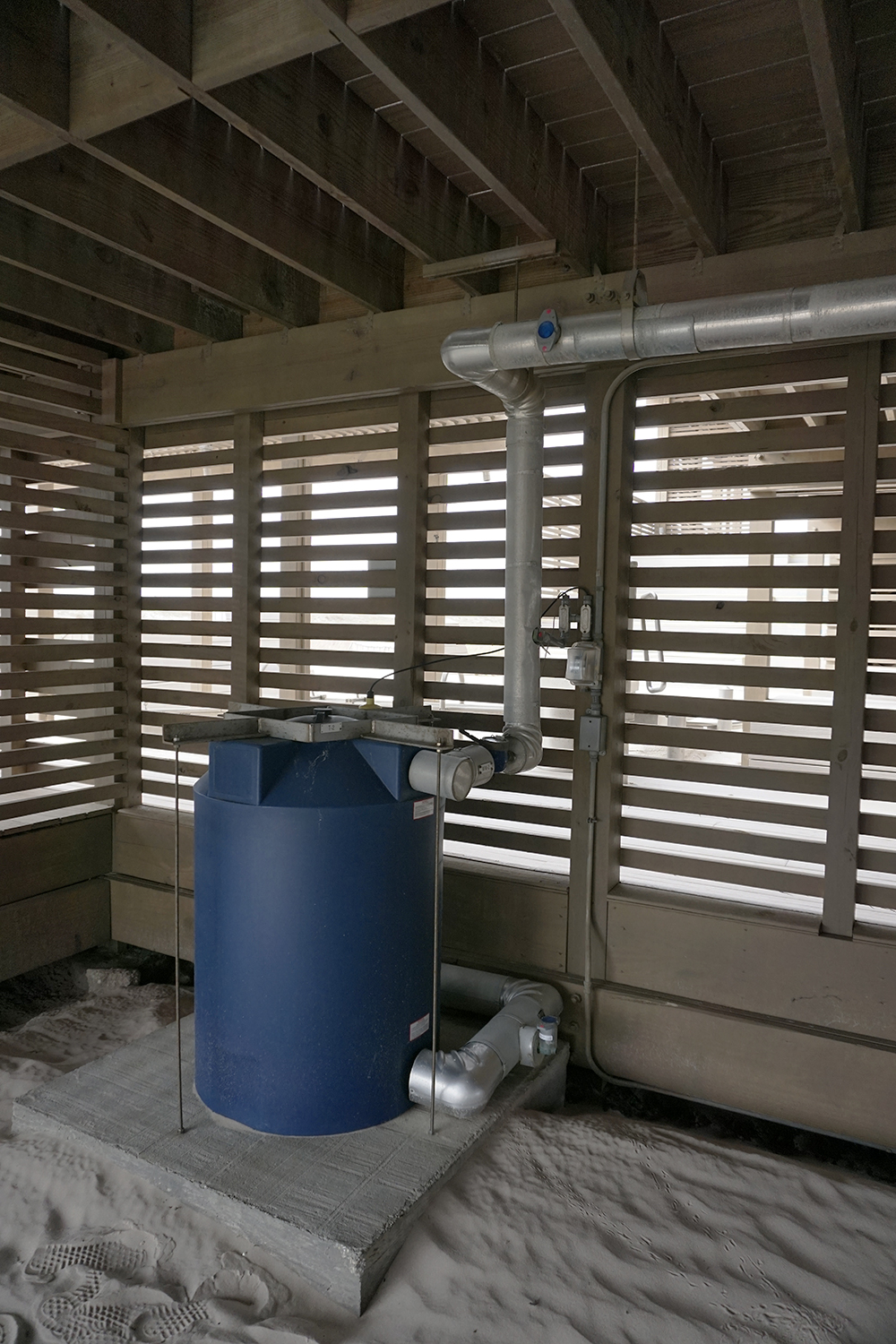
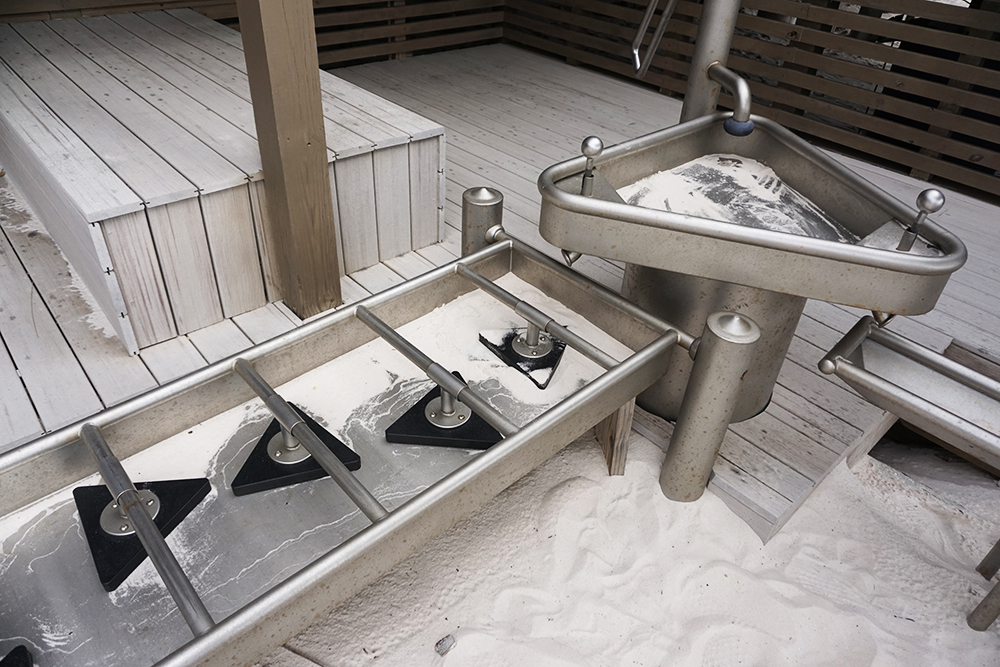
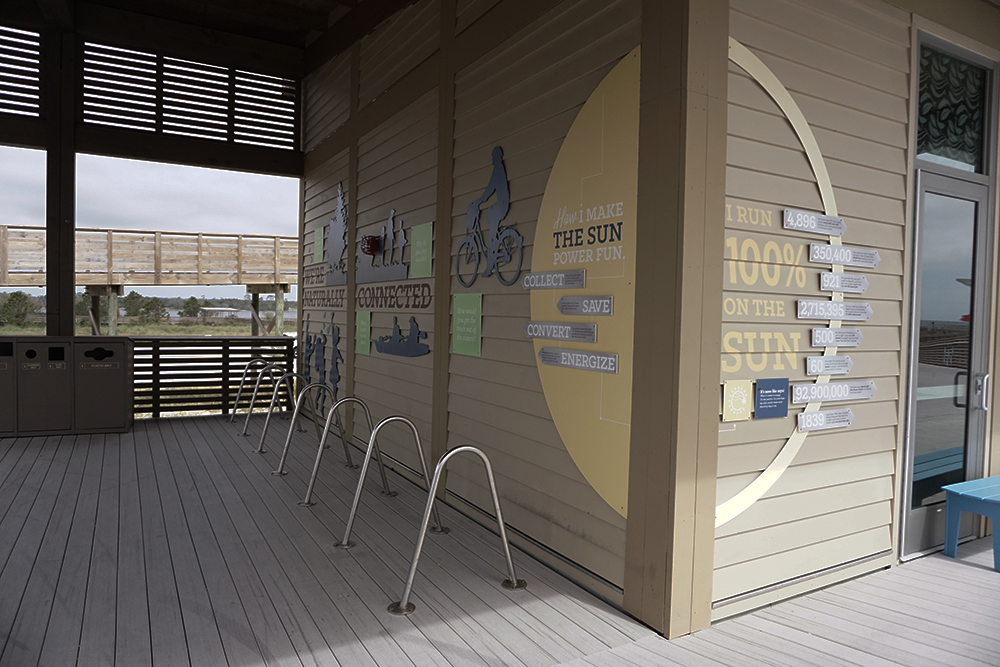
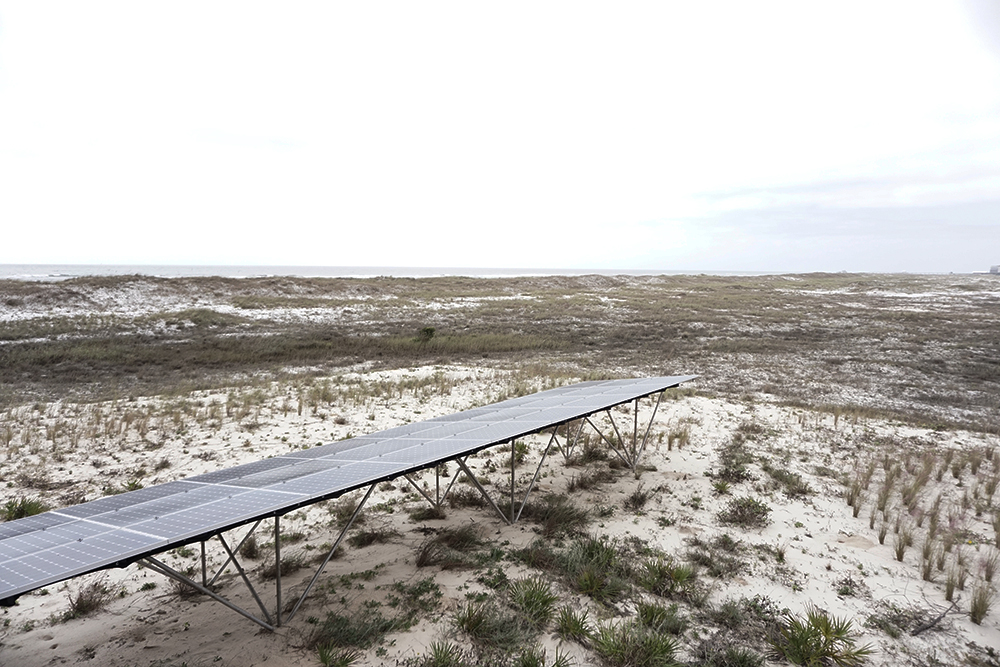
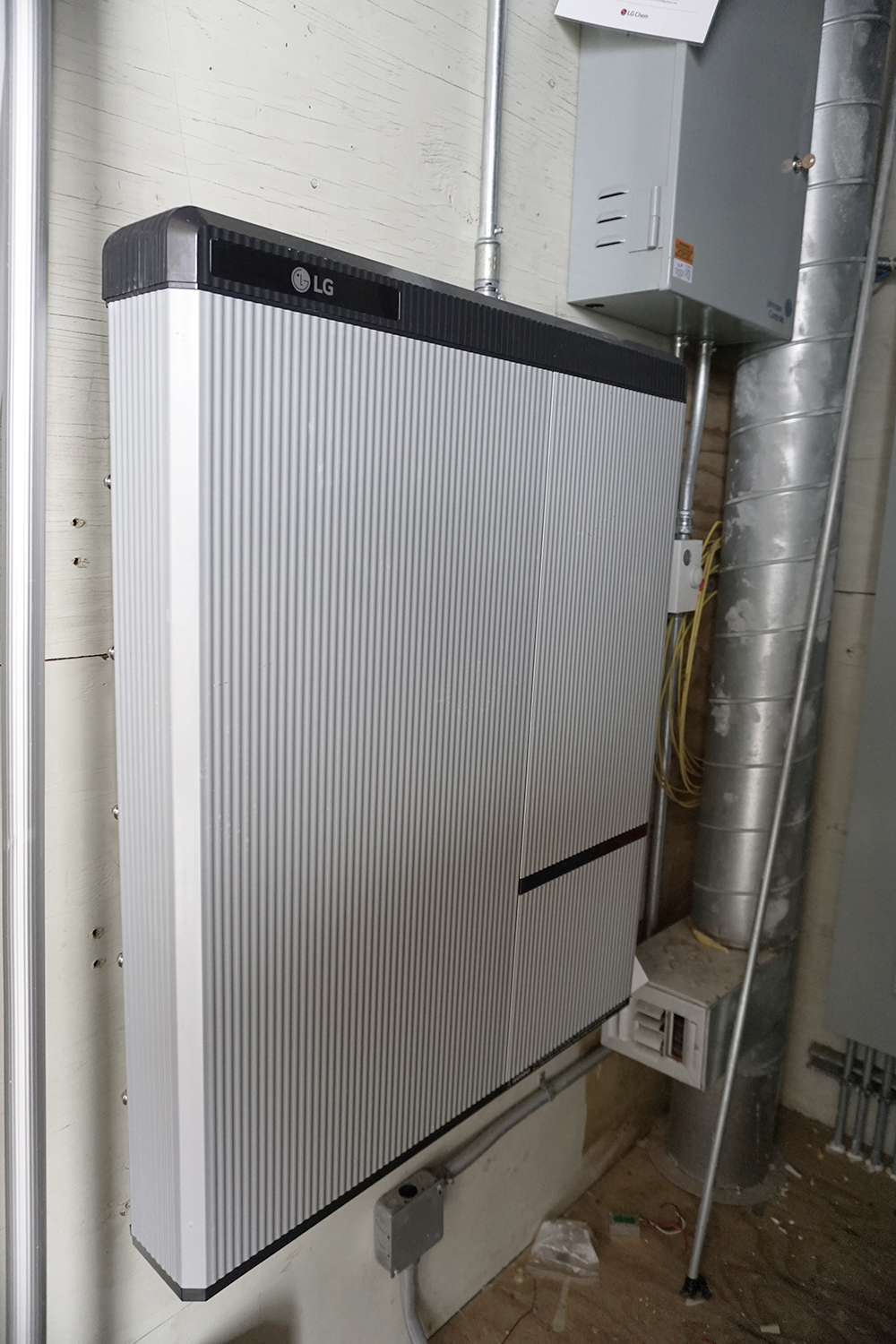
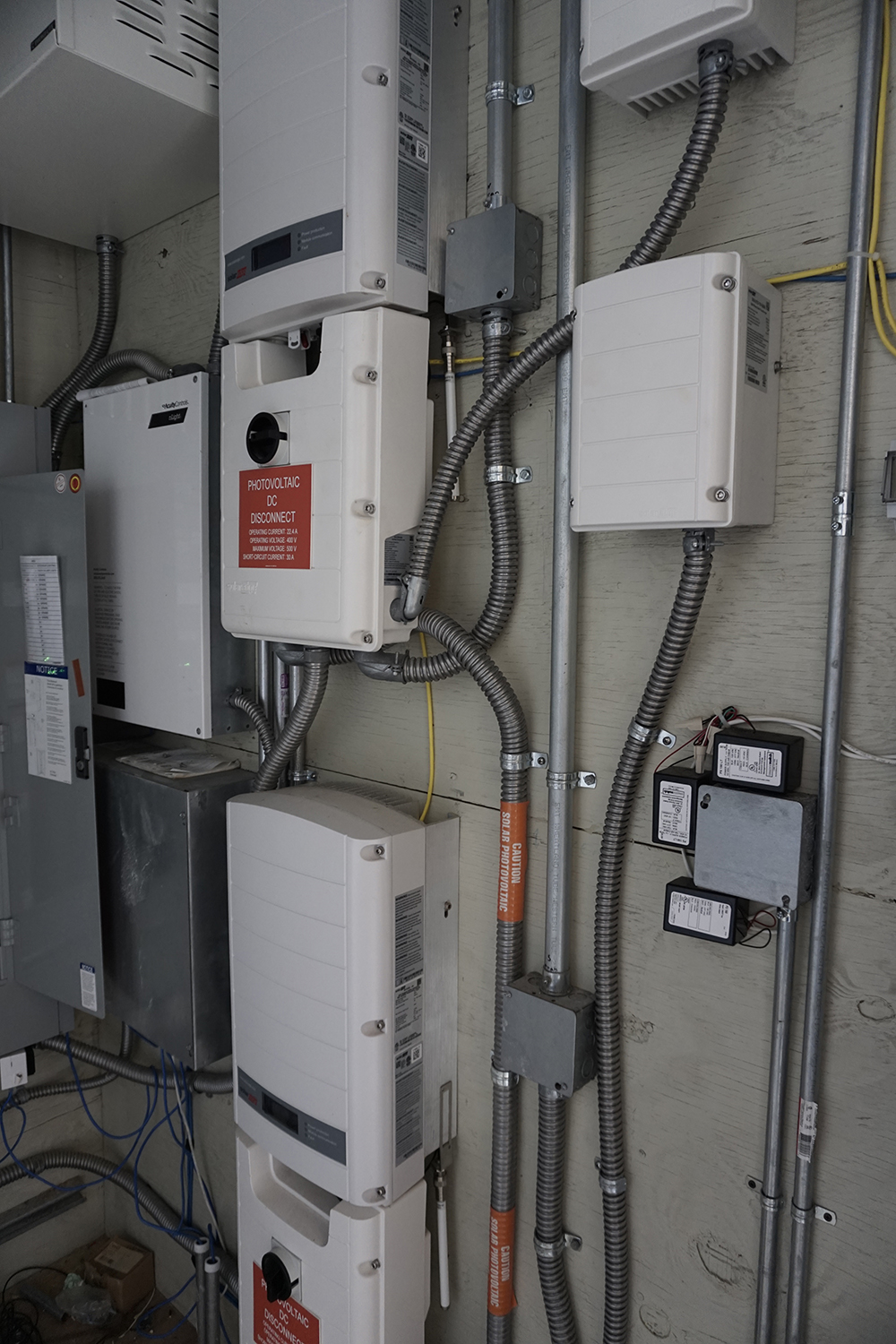
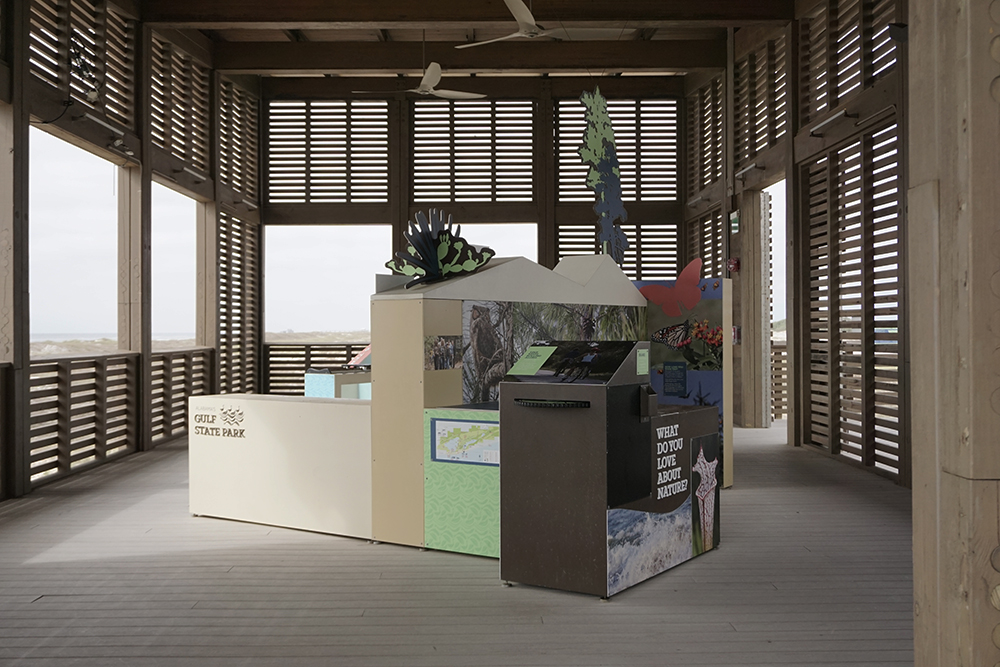
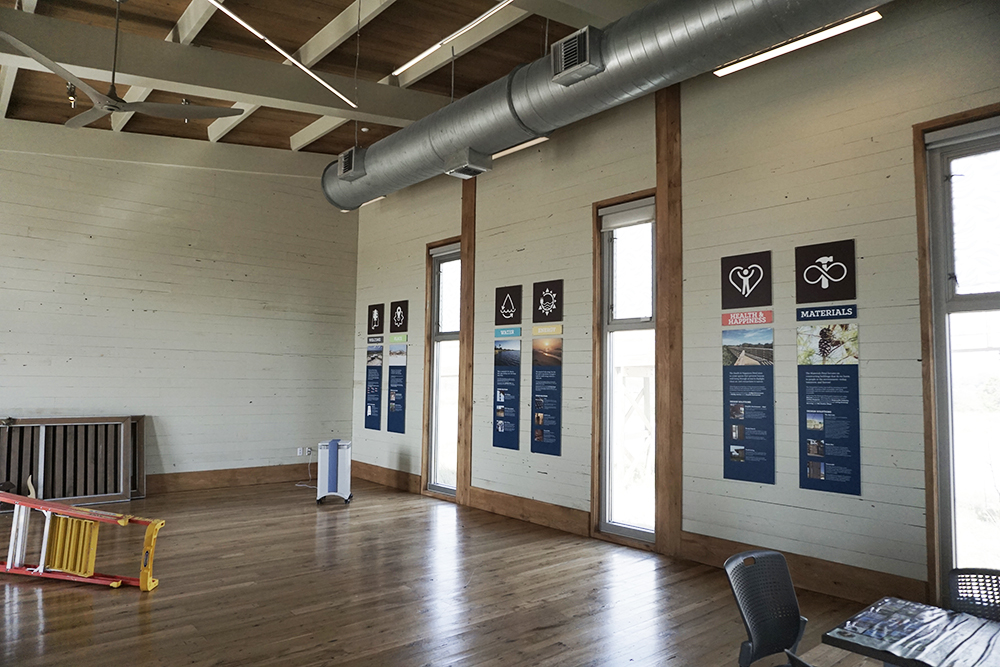
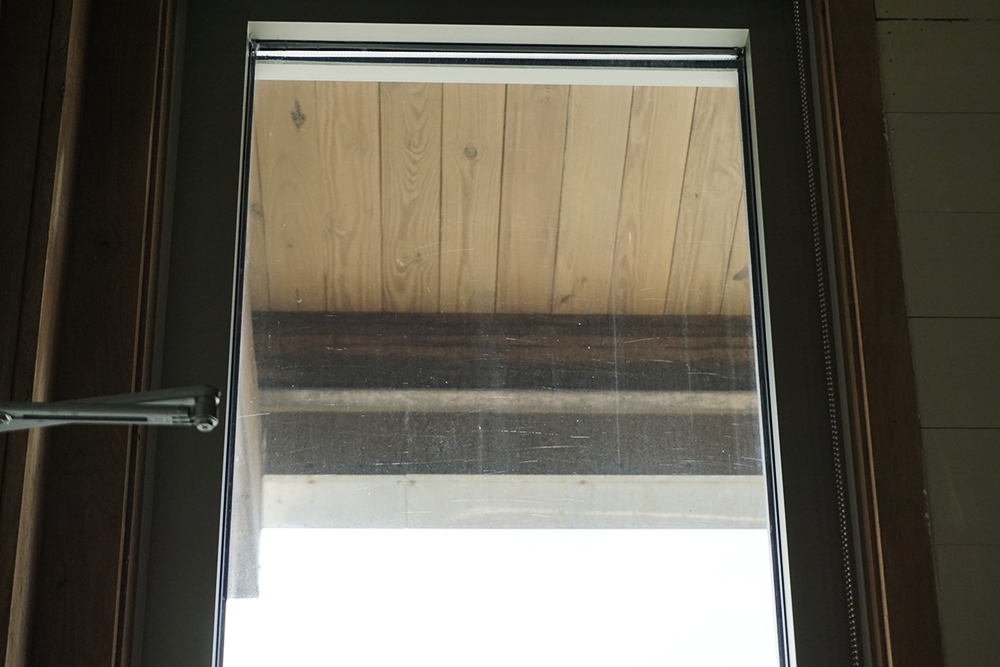
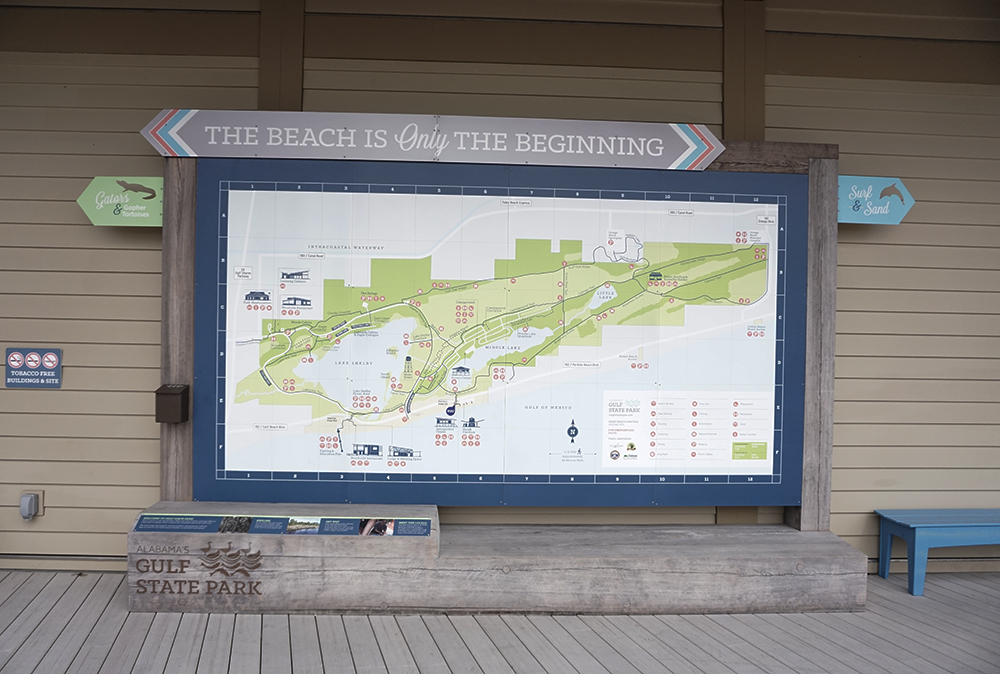
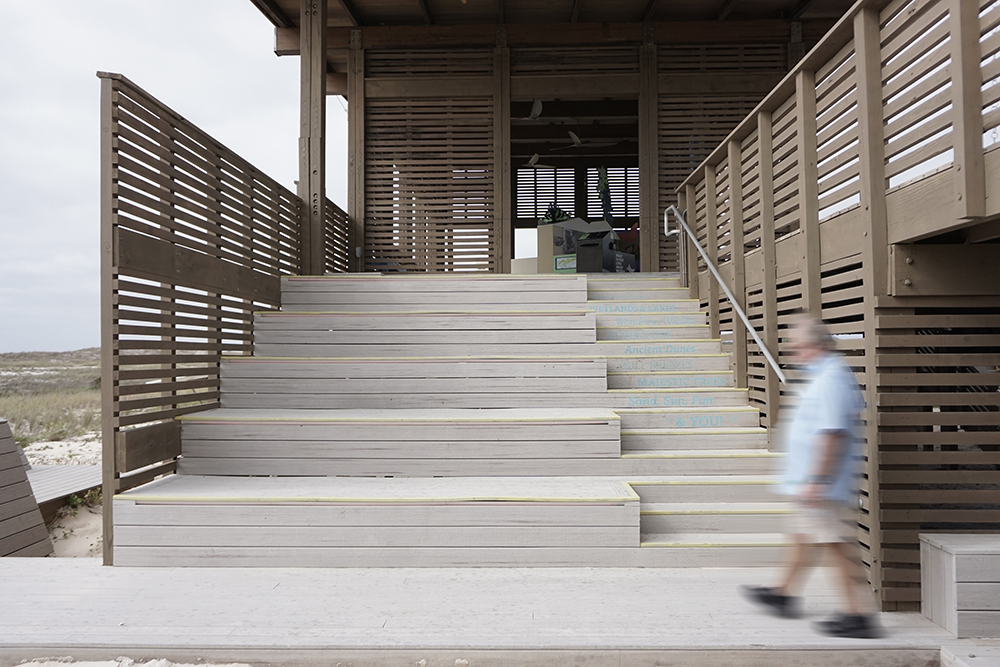
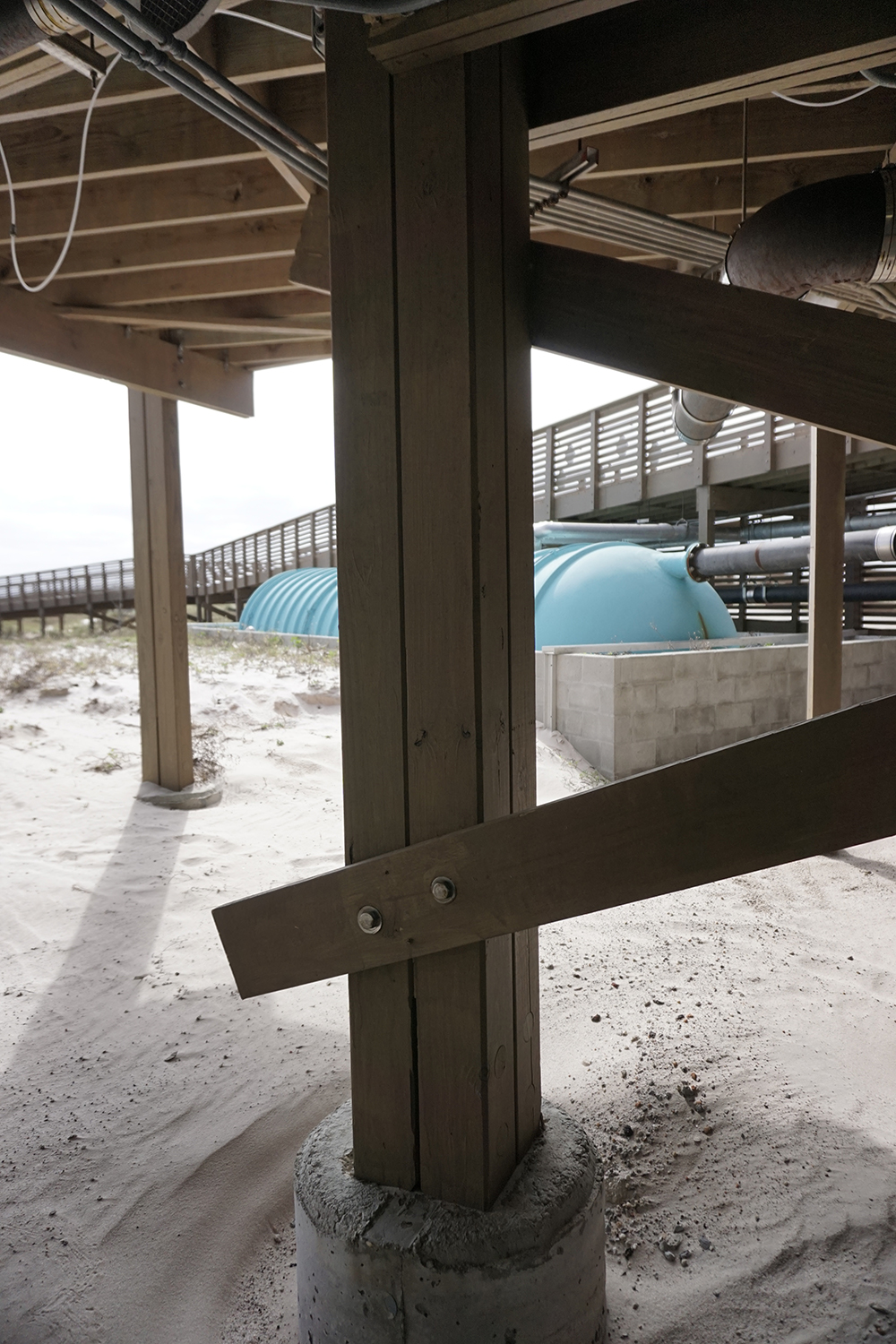
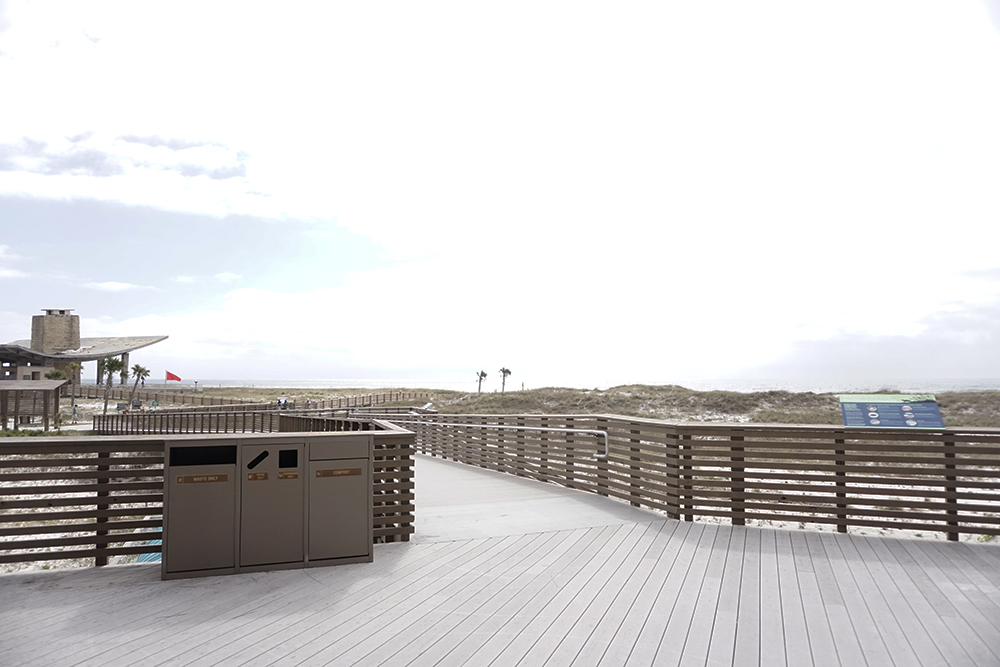
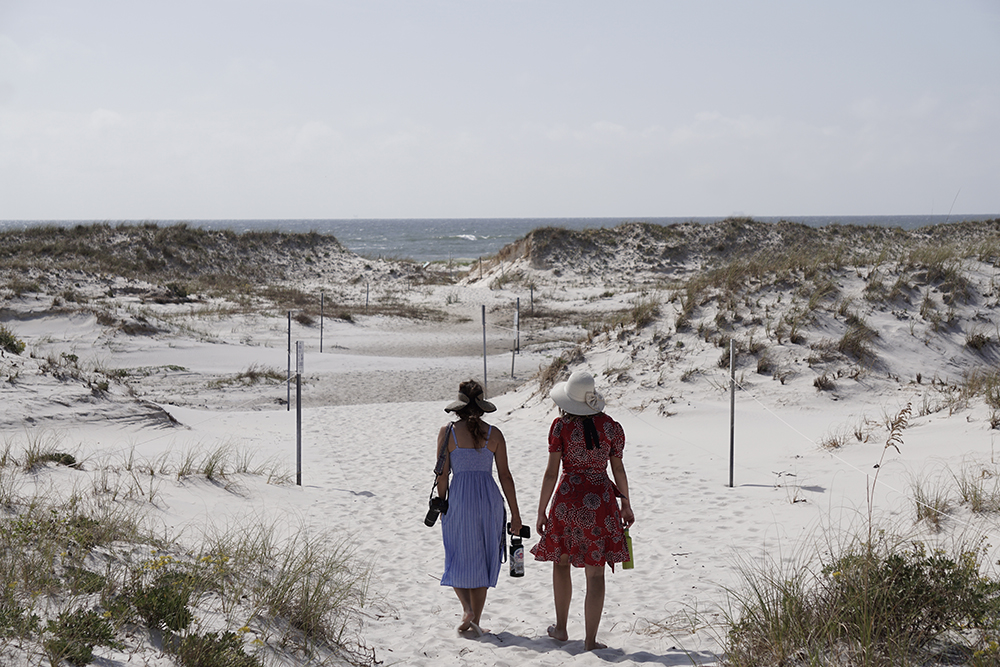
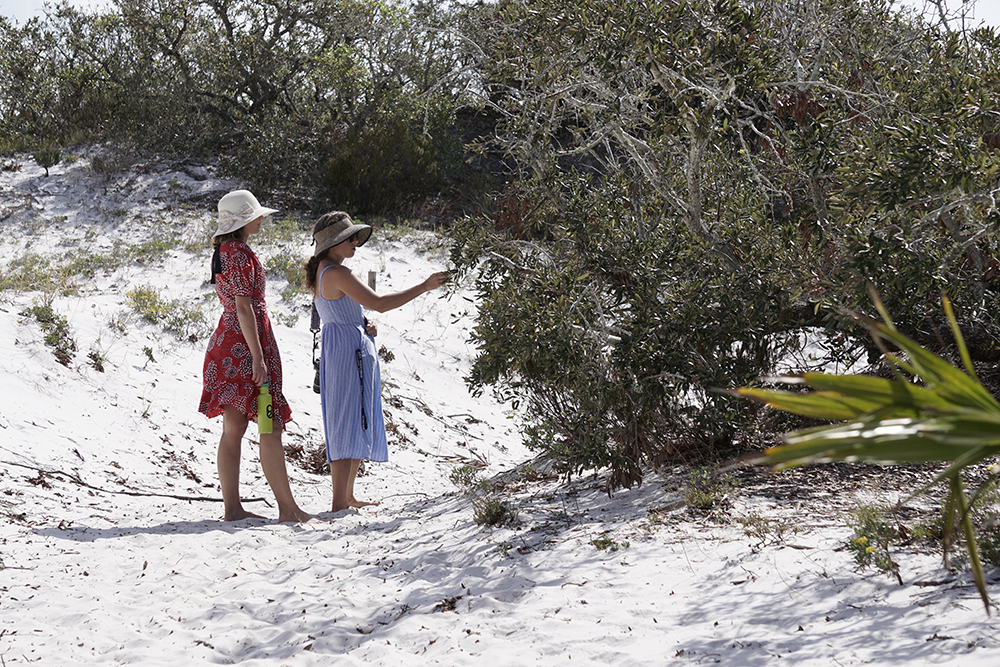
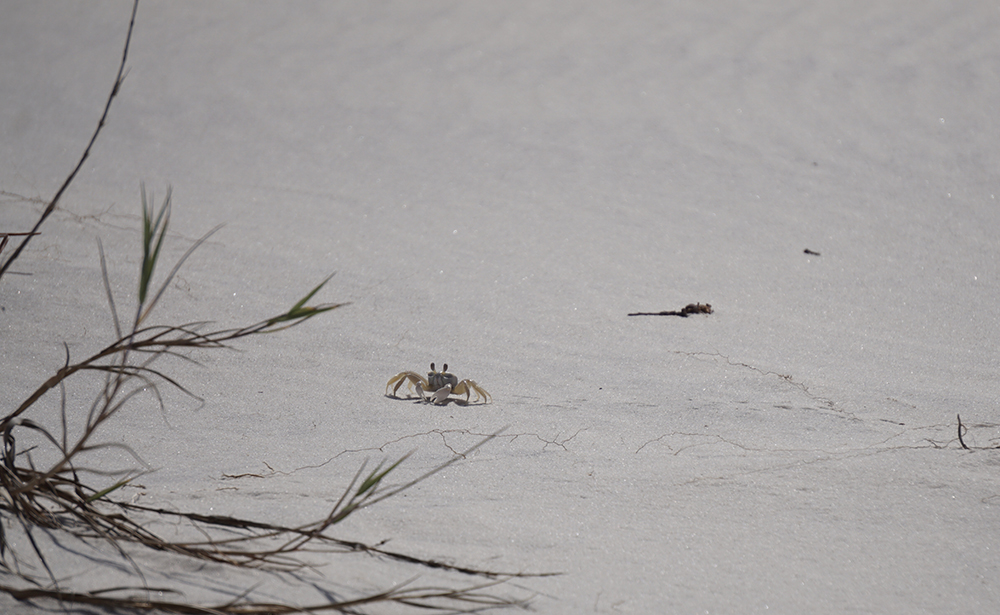
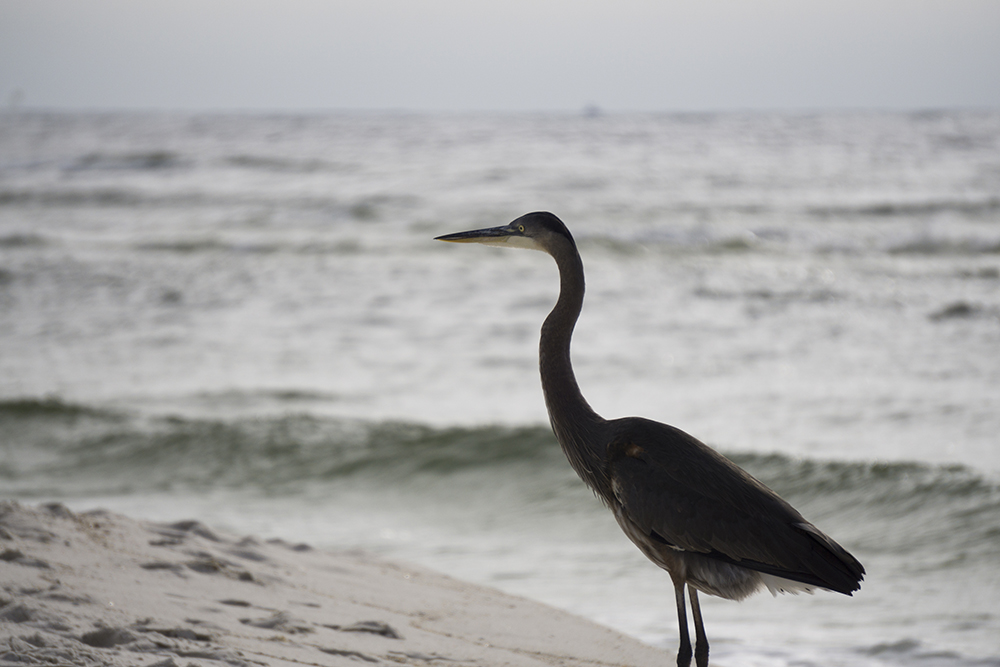
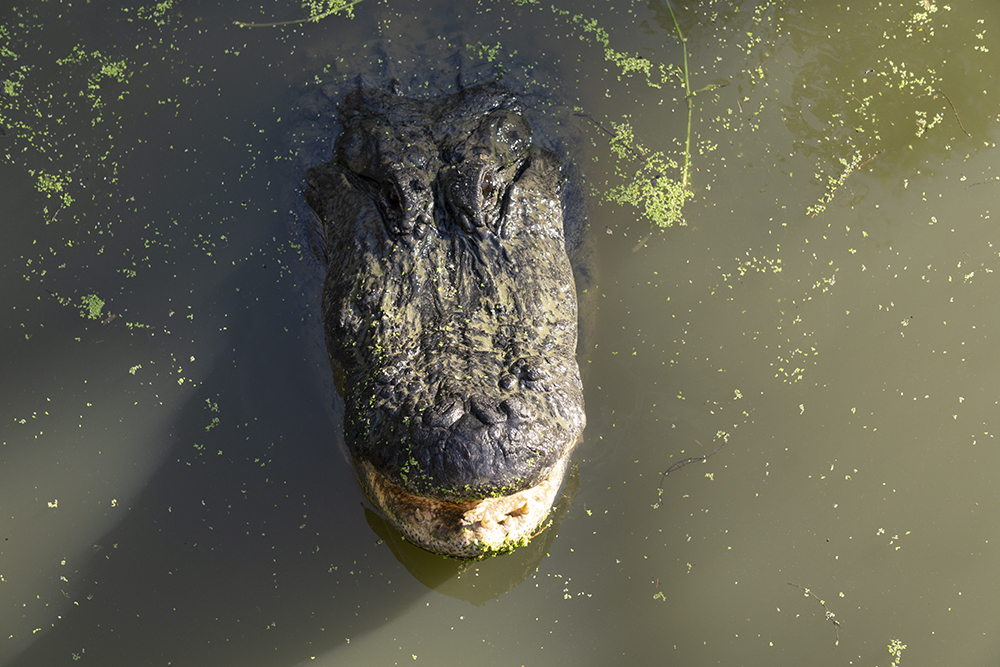
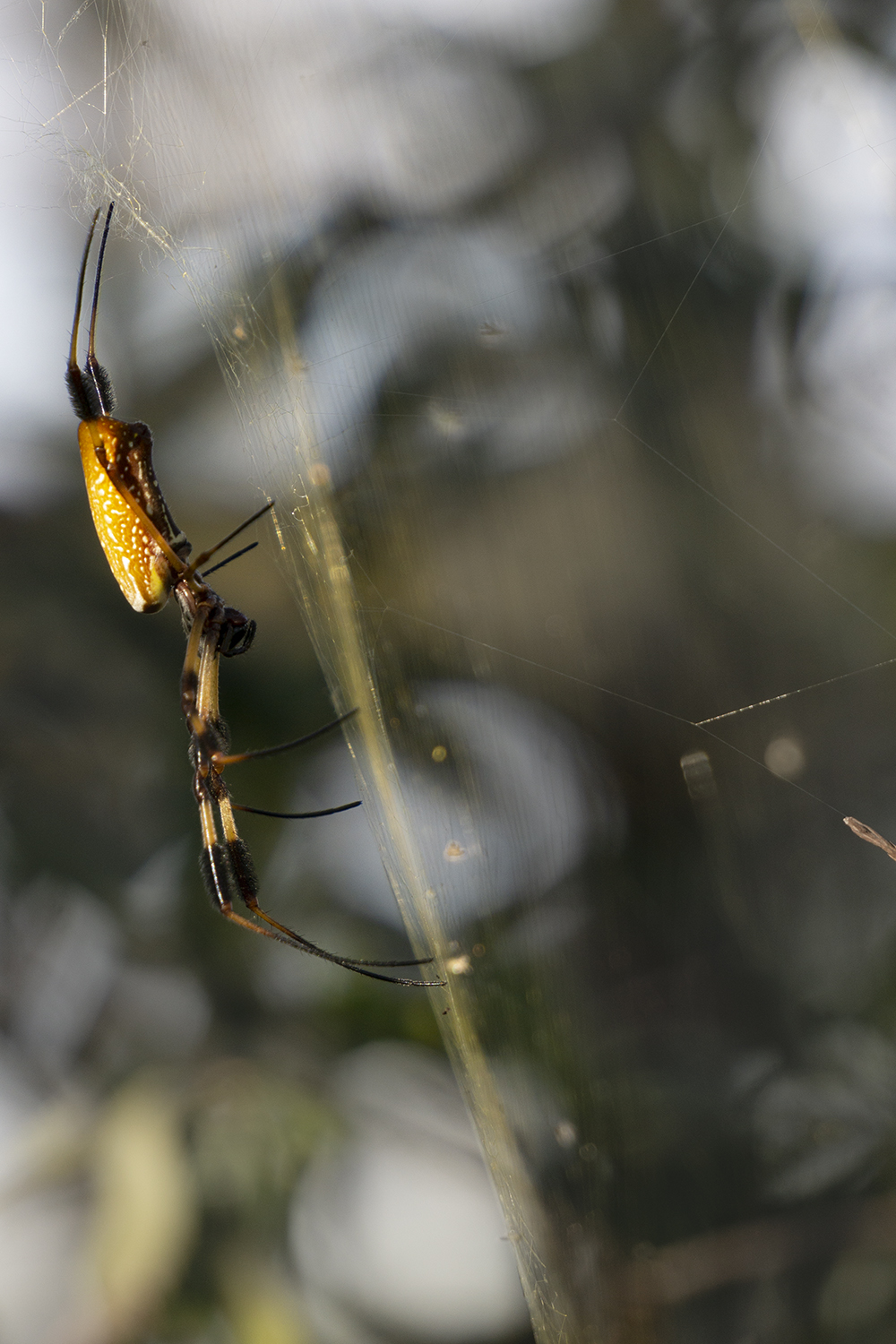
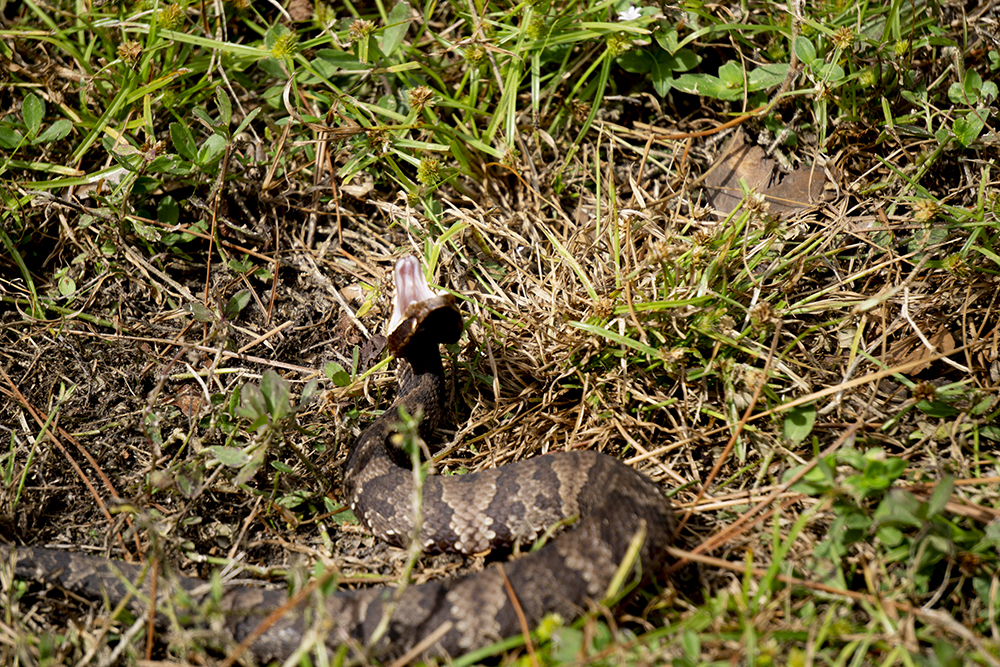
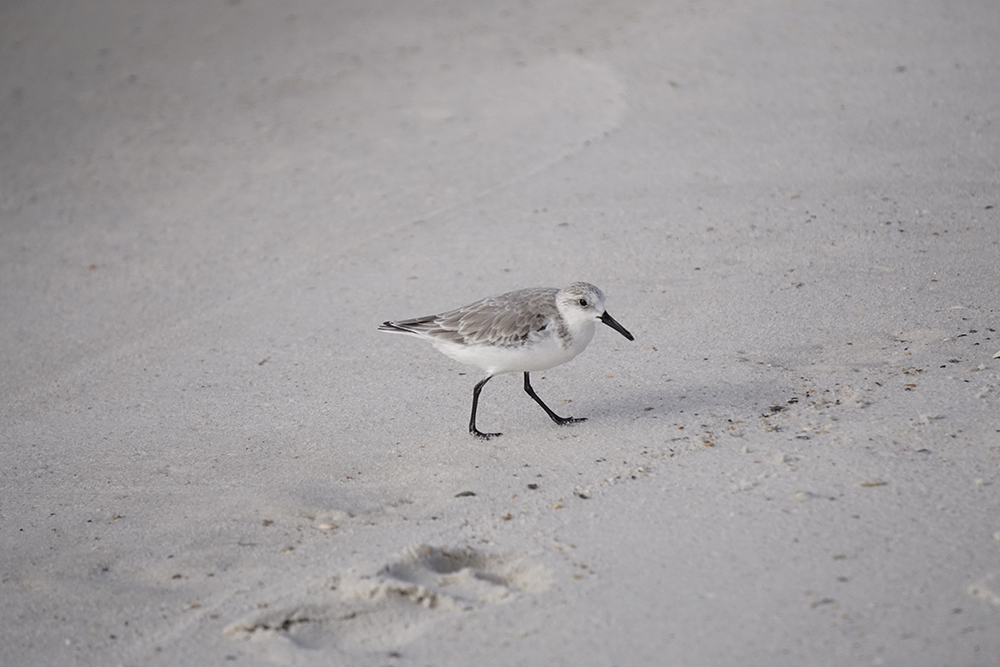
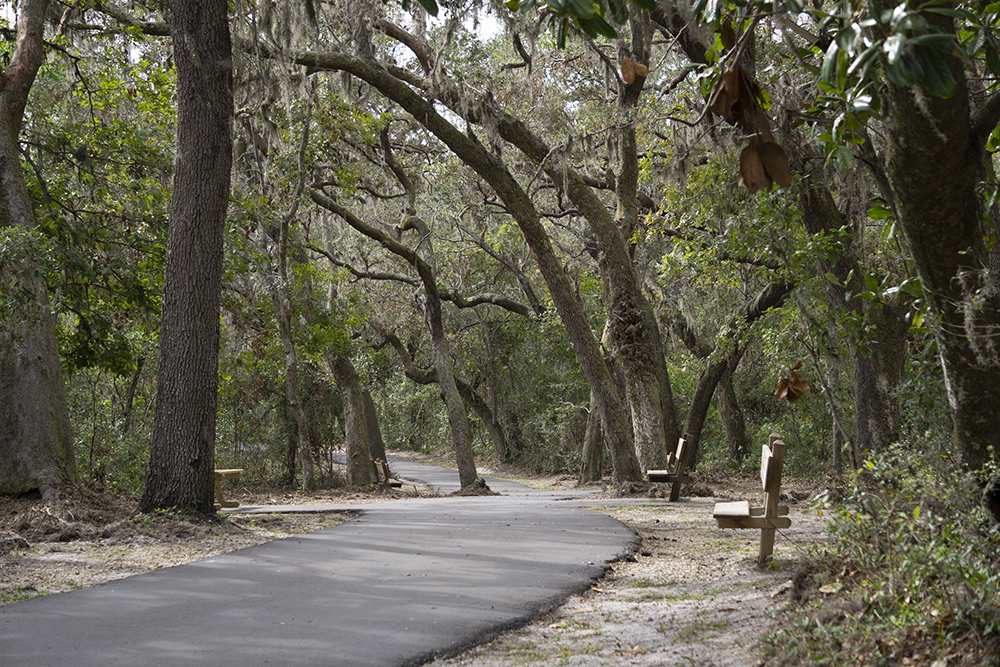
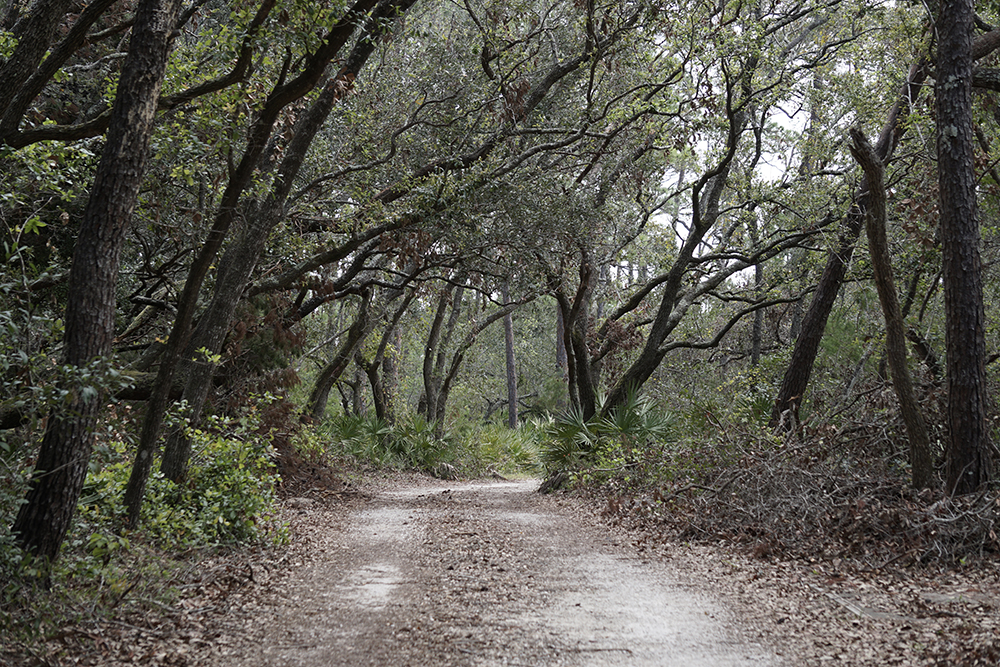
there’s a project for you two for Little Buffalo Park..get a state grant
there’s a project for you two for Little Buffalo Park..get a state grant
That would be an awesome project! We’ll have to keep an eye on their need for future buildings…
I like Ann’s idea of getting a grant to try this at little buffalo. This was a really intense article. I understood most of it but it will sink in more as we go along!
Thanks for reading! It was definitely a lot to take in while we were touring it, and has led us to realize how much work we have to do if we want our home to meet this standard!